Author & Photographer: George Mitchell
Our recommendations are not influenced by affiliate links – we have none. Our content and advice is derived from our personal expertise, experience, and knowledge based on living in Western Canada as well as travelling and living for 23 years around the world.
Utter Wilderness
Do you want to feel like one of the ancient explorers? So few people live here, you will be all alone as you discover gleaming glaciers, wispy waterfalls, green jade, brown bears, and utter wilderness.
We have crossed North America at least eight times but this was our first road trip to the Yukon. On our 19,000 km odyssey, we skipped the busy Alaska Highway route. Instead, we drove the isolated highway between Fort St. James (FSJ) and Stewart-Cassiar. See the Mt Robson to Furs and Jade Map.
Fort St. James National Historic Park
We spent the morning in an authentic Hudson’s Bay fur trade post, Fort St. James (FSJ) National Historic Park, as described in the post The Last Fur Trade Post. The FSJ interpreters are from the town of the same name, which is a First Nations area. There are no “reservation” signs as this is a self-governing area and reservation has a negative connotation. The Indigenous call themselves First Nations as they were here first. Instead of a town hall there is a band office and the band owns many of the businesses here.
One women only works in FSJ during the summer then goes to Victoria BC for the winter. She’s an artist and sells her artwork in Victoria, which apparently is an artist hangout. That beats living in the typical -40°C winter in FSJ!! Usually, the temperature is in the low 20s °C in the summer. It was 31°C when we were there. So much for no global warming.
Yellowhead Highway
Smithers
From FSJ it is 54 km, 36 minutes to Highway 16, better known as the Yellowhead. The highway is named after fur trader and explorer, Pierre Bostonais. He was nicknamed “Tête Jaune” (Yellowhead) because of the yellow streaks in his hair. The scenery was not exciting and eventually we arrived at Smithers. We stopped for coffee and had a chat with a Dutch Canadian who runs Paul’s Bakery. Her family emigrated in 1952 after the war. Smithers looks like it has very dramatic backdrop of mountains.
Moricetown Canyon
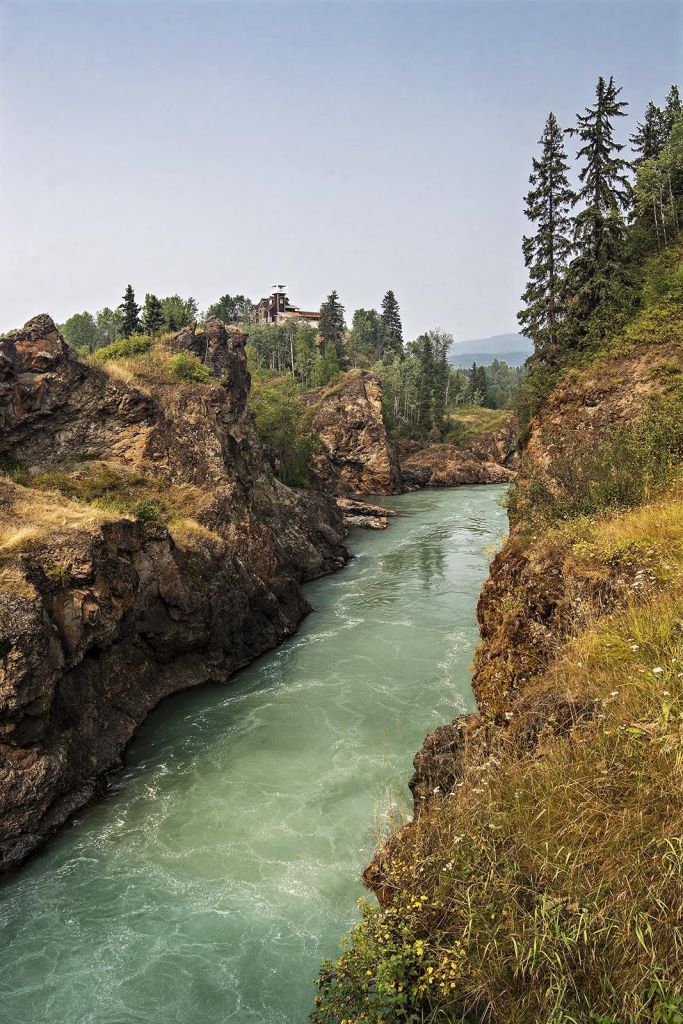
The scenery picked up north of town when we stopped to see Moricetown Canyon. Definitely cross the bridge over the gorgeous green river and walk back on the bridge for dramatic views of the canyon.
New Hazelton
Due to our late arrival, we had to stopover in the village of New Hazelton. Many hotels were already full. One was closed because they had no air conditioning and it was over 30°C. We stayed at the very good 28 Inn Hotel, right on the main highway.
The smoke from the forest fires has followed us all the way north. There was a new fire right here in the Seven Sisters Park! We can see the mountains but faintly.
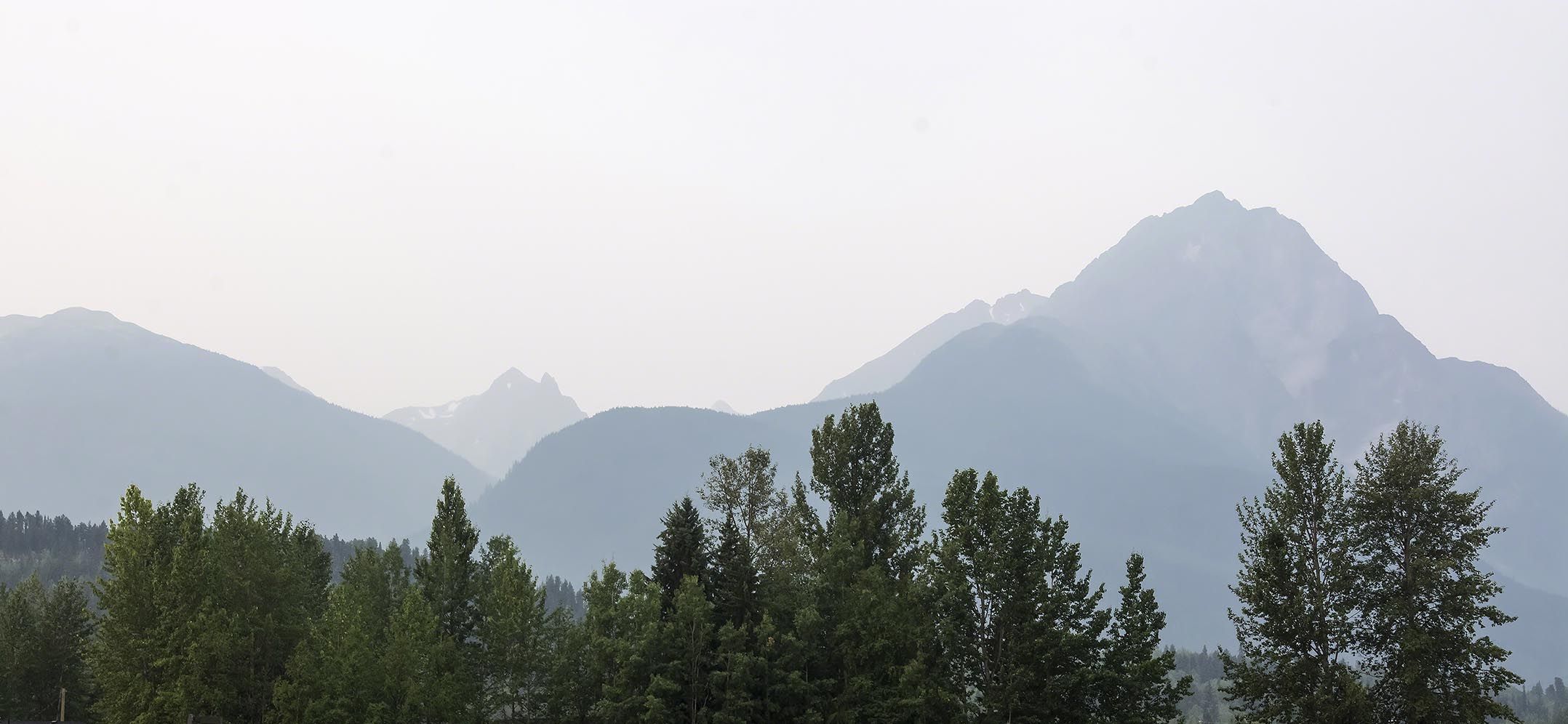
There were 182 forest fires in central British Columbia (BC) in 2017. It was caused by the extremely high temperatures, dry lightening and lack of rainfall. It was the largest set of fires in BC history burning 12,140 sq km (3 million acres)!!! That is equivalent to burning down all of Montenegro or Jamaica. Firefighters came from Australia, New Zealand and Mexico! The main north-south highway was closed.
Bulkley River Canyon
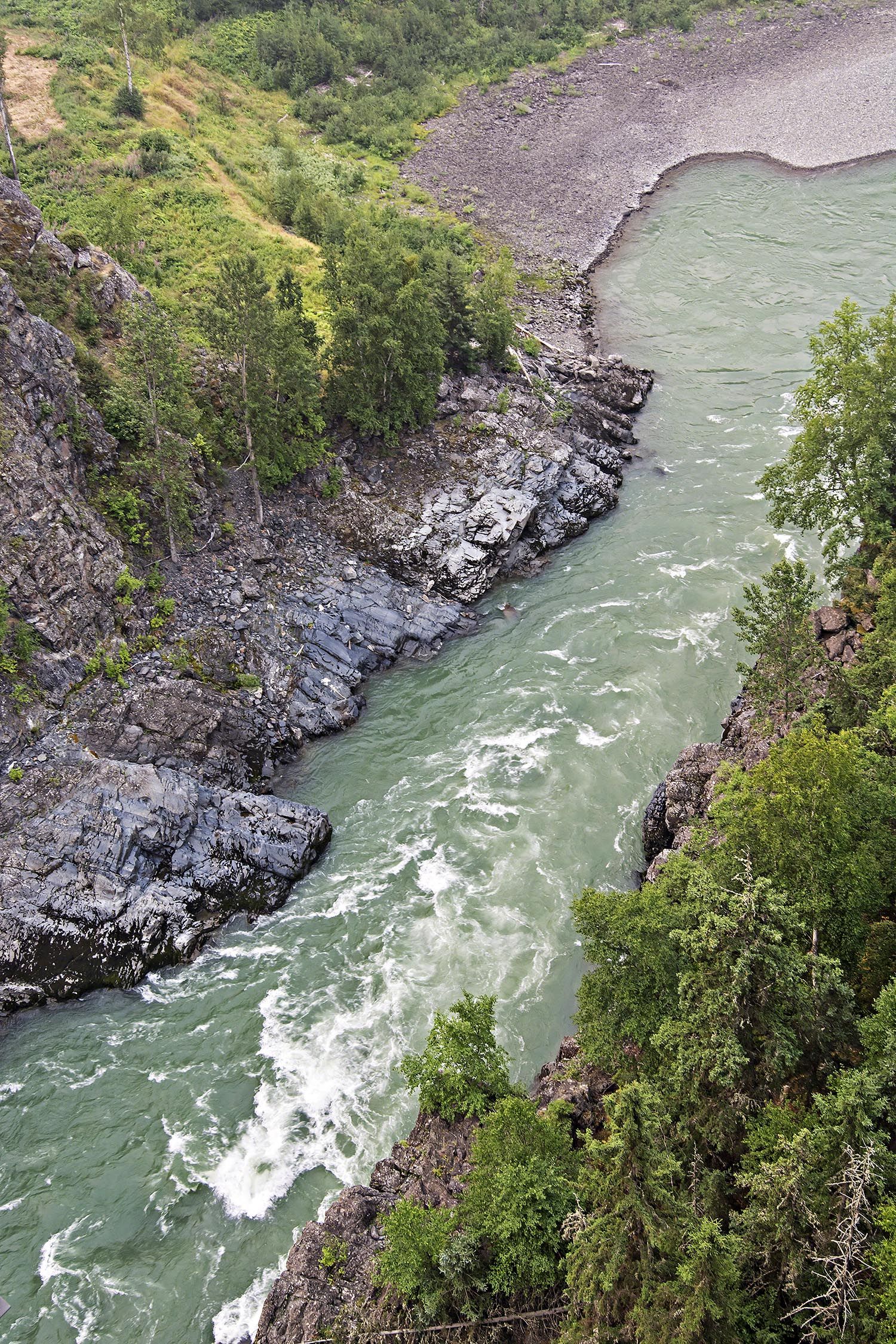
We drove to Hagwilget to see the very deep Bulkley River Canyon. Crossing the steel bridge is not for those afraid of heights. Imagine crossing the river on a cedar rope bridge used by the Carrier Indians centuries ago!
One sight of interest we missed was the Ksan Historical Village at the end of the road. We had heard of many other First Nation visitor centres that were excellent (and free) that we planned to see in the Yukon and near Terrace, BC.
Stewart-Cassiar Highway
The Stewart Cassiar or Highway 37 starts at Kitwanga junction on Highway 16 and ends 725 km later at the Alaska Highway. Extreme Northern BC has only 106,442 people live in an area 425,626 sq km nearly 4% bigger than Sweden!! There are very few hotels and even fewer gas stations. Gas and food are more expensive along this route so that’s why we restocked in Prince George.
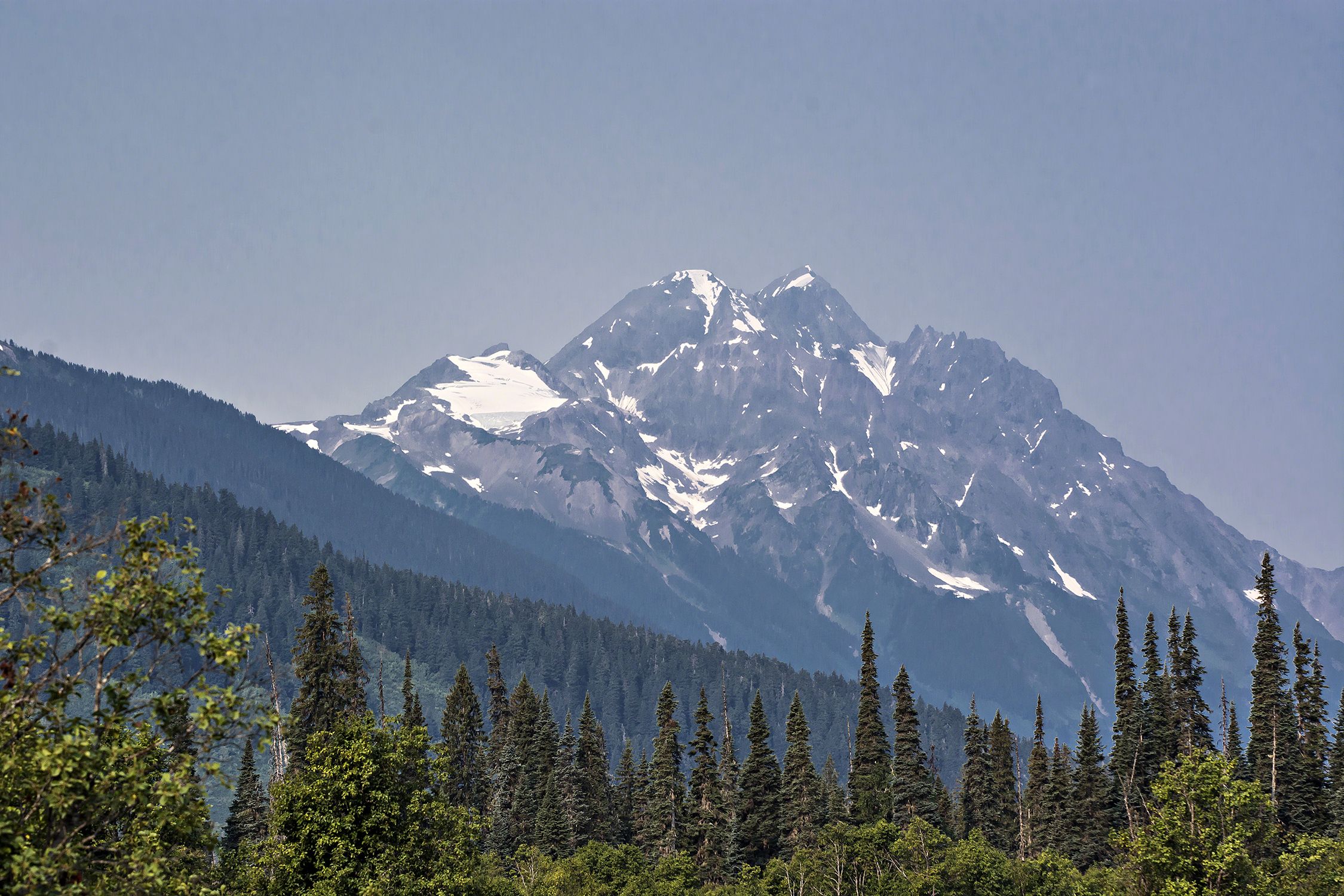
The views for the first 200 km were obscured by smoke from the Seven Sisters fire. I removed the haze from this photo. We also may have seen an eagle (we were too surprised to get a photograph) right on the highway.
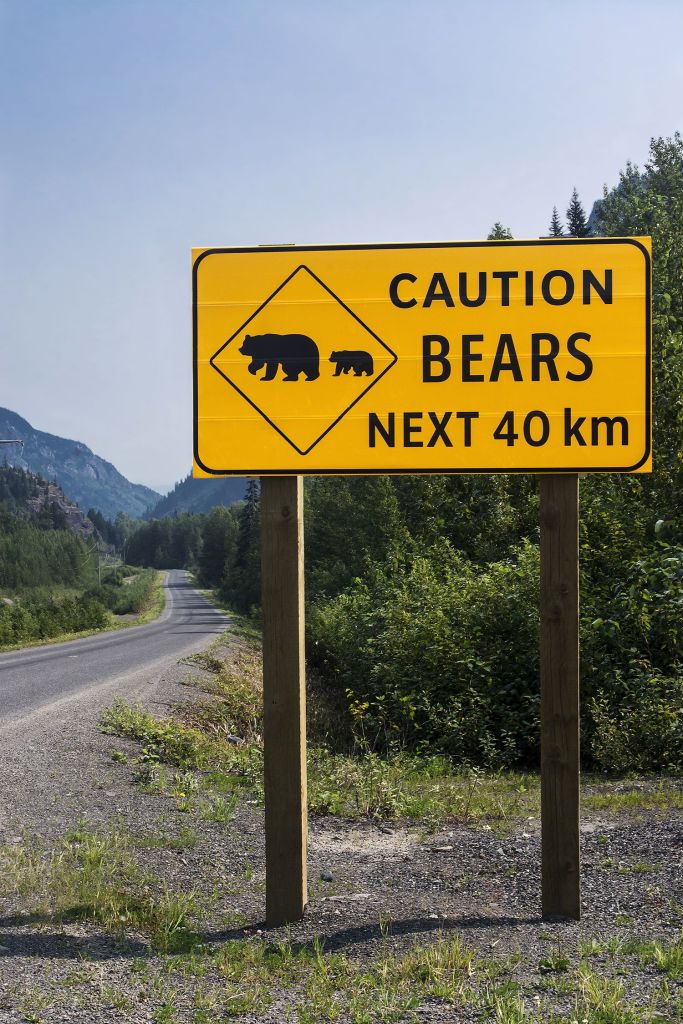
The Caution Bears sign was so true. This was followed by five sightings of bears!!!
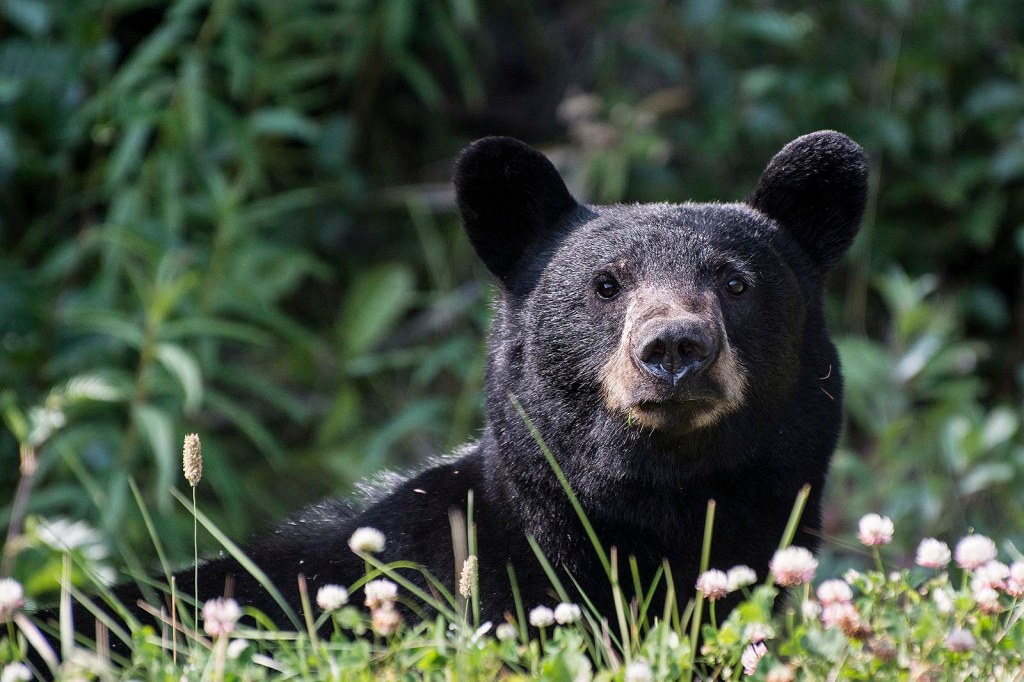
I opened the window to get a picture and the bear immediately stopped and stared at us. I wonder if it could smell the food in the car? No, I definitely did not get out of the car! There are 135,000 brown bears and 15,000 grizzly bears in all of BC.
Bear Glacier
Then we did a side road 37A to Stewart. The scenery was sensational as soon as we drove through the coastal mountains. This road is definitely the most scenic of the whole trip to Cassiar.
The highlight was equivalent to taking the Inside Passage cruise to Alaska without paying $1000. Right at road level stretched the dramatic Bear Glacier. So that’s what the cruise to Glacier Bay Alaska is like. Wow, we cannot wait to go to there. We are at same latitude as southern Alaska, so the climate is cold enough to still have glaciers down at sea level.
But why are glaciers blue? It’s the same reason why a thin amount of water (running faucet) appears white but a large amount of water (ocean) appears blue. The thicker, older ice is compressed by the weight of the glacier so the red light (long wavelength) is absorbed but the blue light (short wavelength) is transmitted. The longer the path that the light travels in ice, the more blue it appears.
The scenery along the rest of the highway to Stewart was sensational with waterfalls and tall mountains capped with snow and 20 glaciers.
However, I wish that Destination BC would install pull-offs near the best views. You will have to park and walk to take photos. Be careful as this is a very busy road with no shoulders.
The markers for these waterfalls and glaciers on the Mt Robson to Furs and Jade Map are just an approximation but you cannot miss them.
Stewart
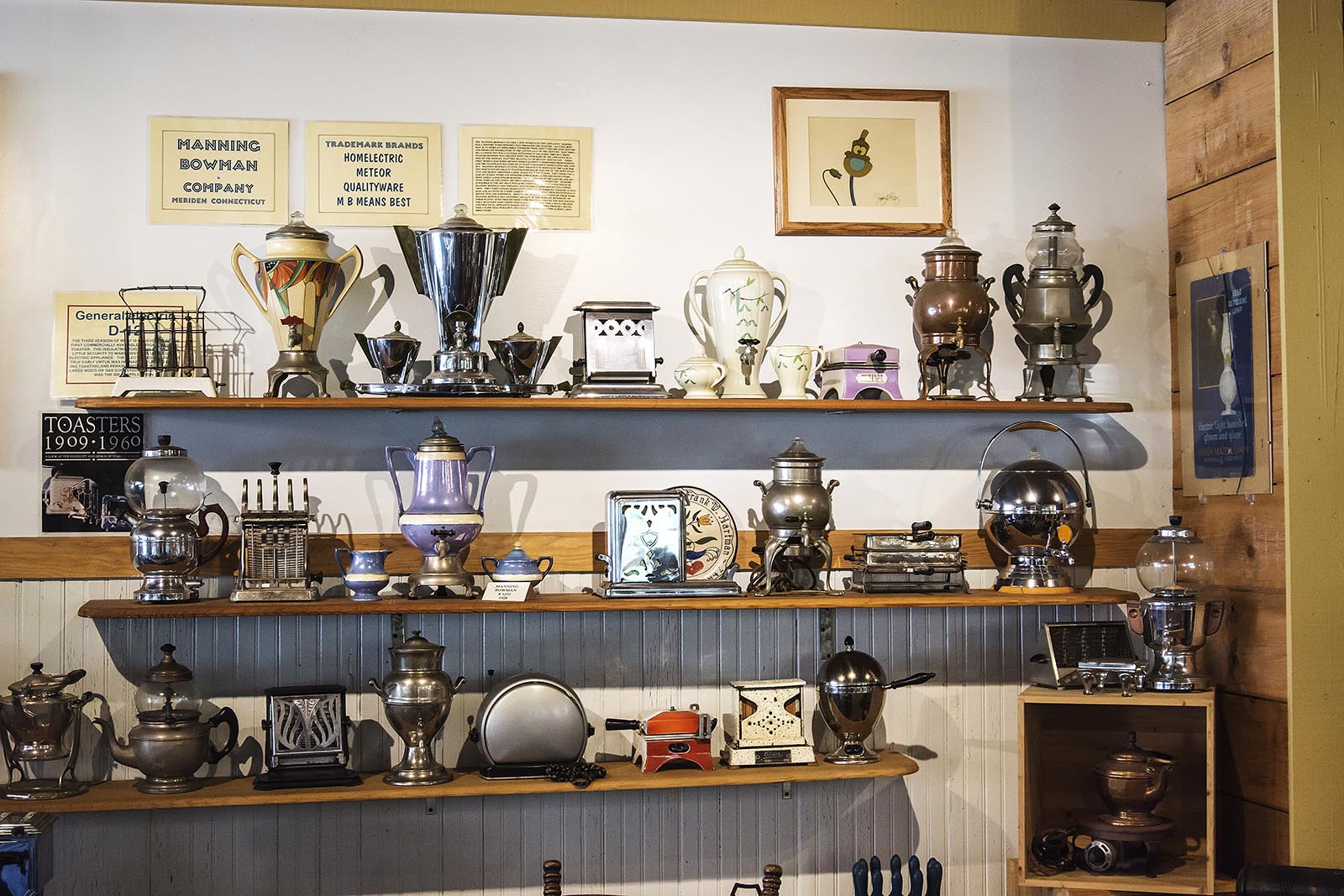
At first glance there is nothing much to see in the village of Stewart. Only about 500 people live here. So tourist trade workers are imported from BC universities. We stopped for coffee at the Ripley Creek Inn. The café had a huge collection of memorabilia. Rooms start at $150. Then I took a photo and noticed that the Kate Ryan building dates from 1920. So who is Kate Ryan?
Klondike Kate
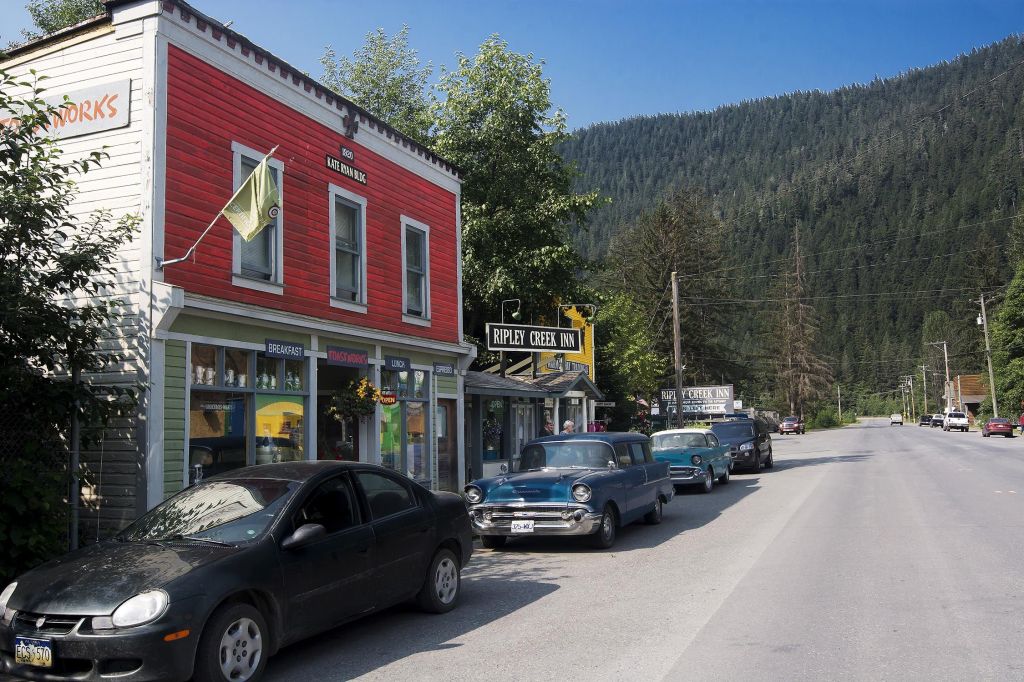
Katherine Ryan was born in a poor family in Johnville, New Brunswick. She had been courting Simon Gallagher of the local gentry. His mother opposed any marriage. Kate not only left but moved to the west coast in 1893. Then the Klondike Gold Rush began in 1896. Two years later, the 28-year-old Kate decided to become a Klondiker, the first woman to do so. To earn money, Kate opened up Kate’s Café in Whitehorse.
She was also the first woman special constable hired by the Northwest Mounted Police (now known and still operating as the RCMP). They wanted her to take care of women who broke the law, including prostitutes in Dawson City. She became famous by the nickname Klondike Kate in honour of her legendary exploits. Kitty Rockwell was a singer, a dancer and a thief. She was also one of her prisoners. To get revenge on Kate Kitty took on the moniker Klondike Kate and associated it with all the immoral things Kitty did to damage Kate’s reputation.
In 1903 Kate became the first female gold commissioner. She retired in Stewart, renting out this store-front to businesses.
Salmon Glacier
Salmon Glacier is one of our regrets as we had not heard about it until some Americans mentioned it during our trip. The majestic Salmon Glacier can be viewed from the Summit Viewpoint via a 37.4 km (23 mile) gravel road only from early July to late September. The road travels from Stewart BC into the USA and back into Canada. The fifth largest glacier in Canada is 14,000 years old. Download the self-guided sightseeing tour, Salmon Glacier Auto Brochure.
Mount Edziza
Mount Edziza is an example of a dormant volcano covered by a glacier. Because it’s in an unpopulated region, it is not as well monitored. Mount Edziza Provincial Park was created to preserve the volcanic and culture treasures unique to the northern British Columbia area.
After seeing photos and reading about the incredible hiking, we were getting really excited to go there. We saw pictures of the Spectrum Range hike. Who knew such a spectacular site existed in Canada?
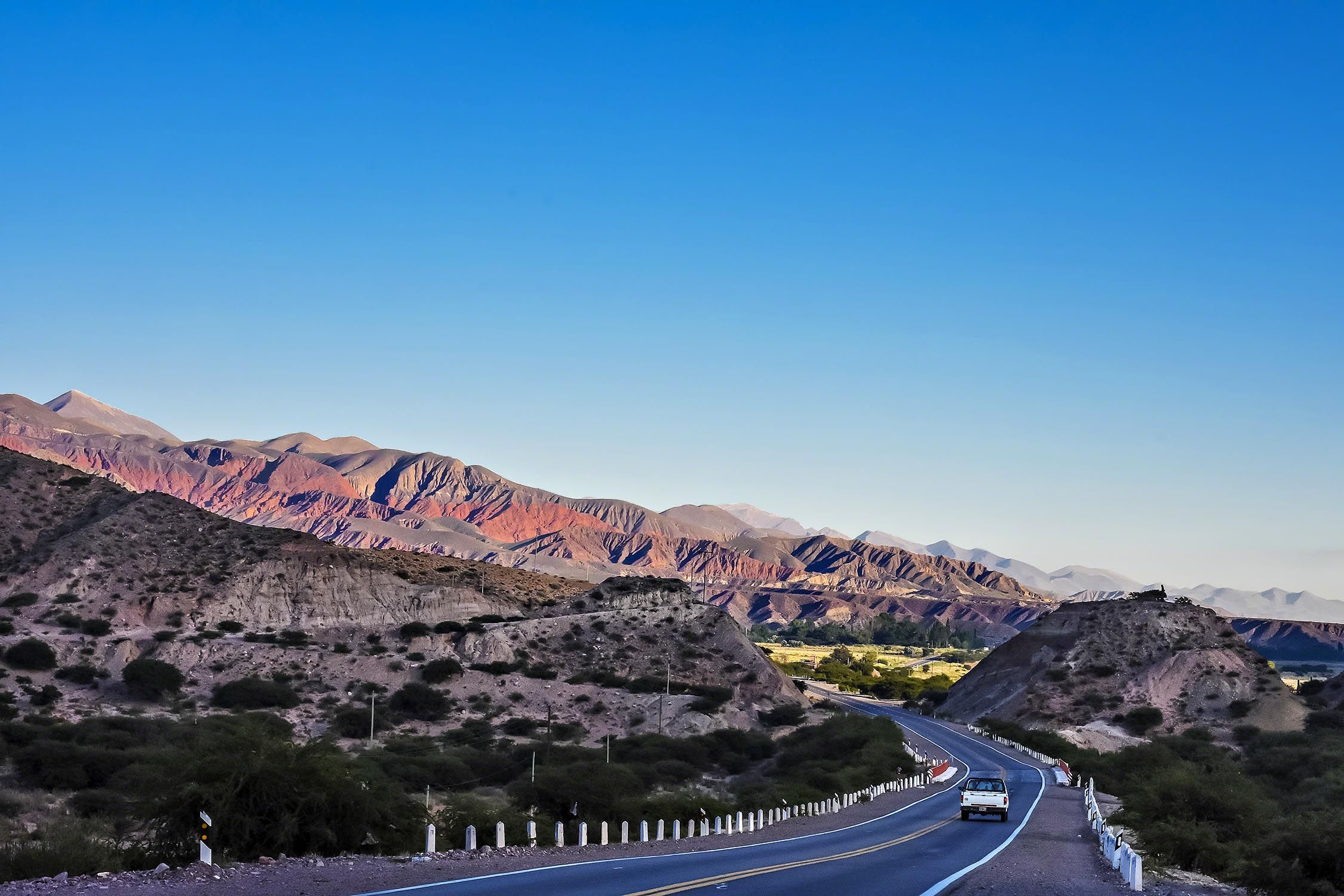
We had seen a similar colourful landscape in our son’s pictures above of Quebrada de Humahuaca (Rainbow Mountains) near Purmamarca, Argentina. Daniele Mitchell was one of the top ten birders in British Columbia and has just started to blog about his birding trips.
Then we found out that there is no vehicle access to the park. You had to go on a group tour by seaplane then trek 9 days at a cost of over $3000 per person. Major disappointment! Message to Destination BC, if you build a road ending about a day hike away from the Spectrum Range or at least to a high up viewpoint of it, they will come. This would increase tourism to Northern BC.
Volcanoes of BC
Who knew that there are hundreds of volcanoes in BC? Well, BC is part of the Pacific Ring of Fire In fact, many famous mountains are actually dormant volcanoes; such as, Stawamus Chief (Squamish), Mt Garibaldi and Black Tusk (Garibaldi PP). But the biggest danger of eruption is a volcano only 72 km by air and 100 km by road from Vancouver. It is called Mt Baker (Washington). Borders are no barrier to the force of nature.
The majority of the eruptions happened in the Miocene Era (6–10 million years ago), the Pliocene Era (2–3 million years ago), and most recently in the Pleistocene Era (10,000 years ago). Deep layers of ash and microscopic glass shards have been found as far away as Newfoundland, Ireland and Northern Europe!
The stone obsidian is highly valued for its cutting qualities and was used by local First Nations to make tools and weapons. It was traded for other goods as far away as Alaska and northern Alberta.
Mount Edziza is the main source of this naturally occurring glass since it requires the heat and high pressure of a volcanic area. Obsidian ranks 5.0 on the Mohs scale of hardness with a high of ten (diamond). Steel rates a 4.0 score!
Dease Lake
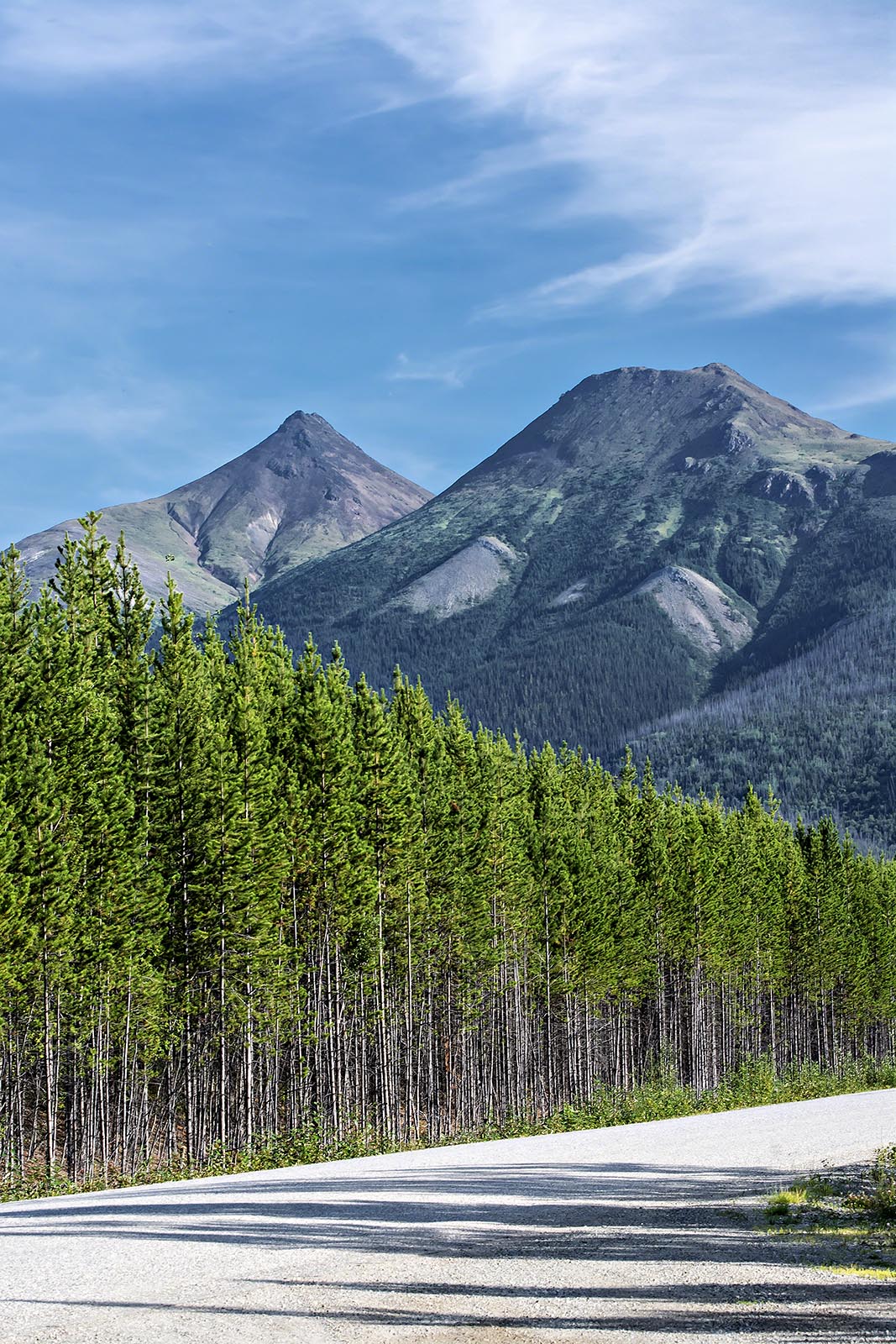
As a result of our Stewart side trip we did not get as far as planned. So instead of camping at Boya Lake Prov. Park, we stayed at a hotel in Dease Lake. Northway Motor Inn was highly rated by Google (#4.3) and was very nice with lots of tourist info in the shared kitchen, which provides a microwave and coffee maker. NB: you need wifi in your hotel as there is no cell service along the Stewart Cassiar Hwy. The next part of the highway we saw the Cassiar Mountains above. Do they look like volcanoes?
Cassiar
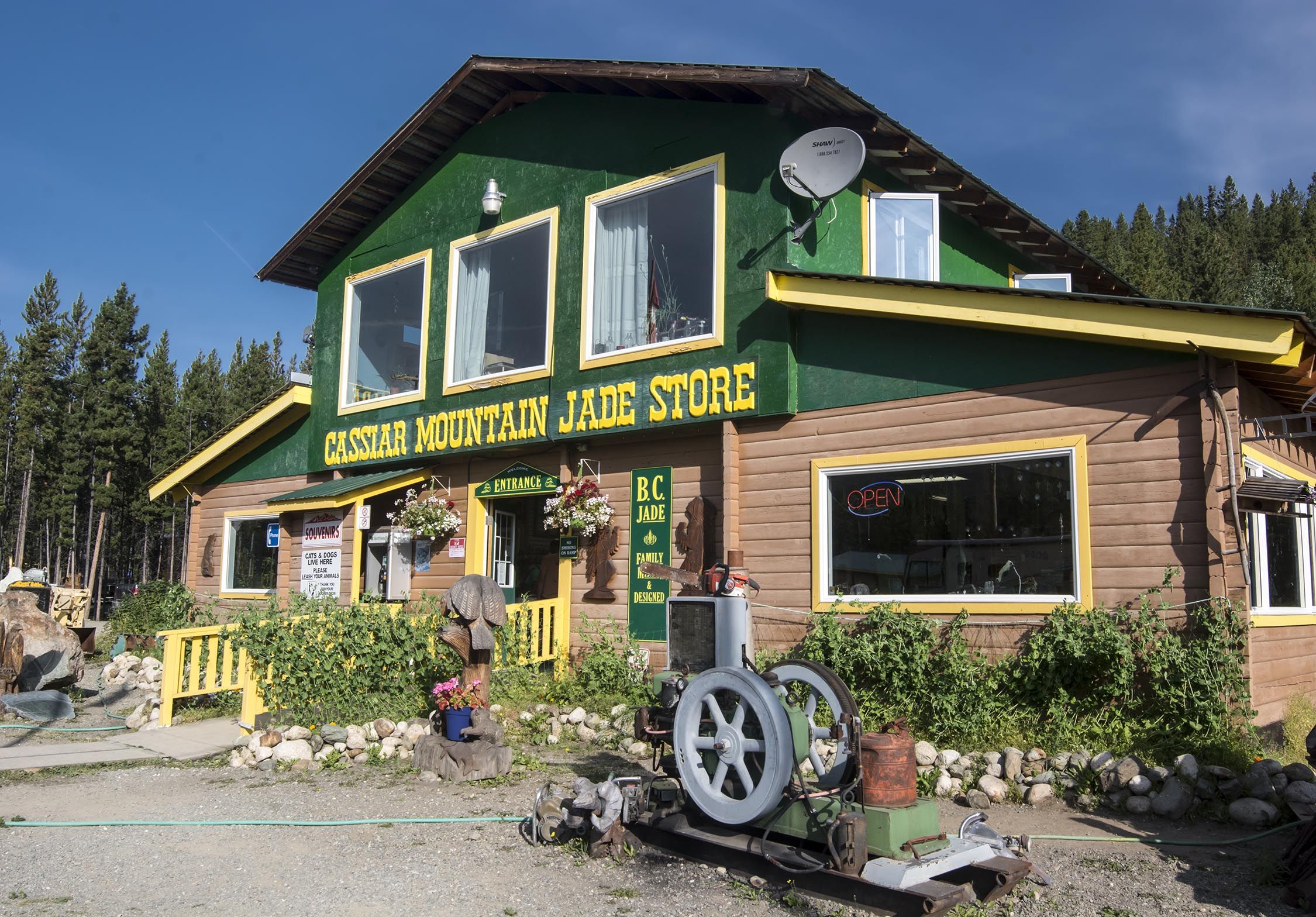
It takes 60 million years of high heat and pressure to form jade. So it is found in volcanic subduction zones where two geological plates collide. BC jade can be found in rock deposits or alluvial boulders that have been moved by glaciers over time. Jade comes in many colours. Deese Lake to Cassiar BC is the world’s largest producer of nephrite jade.
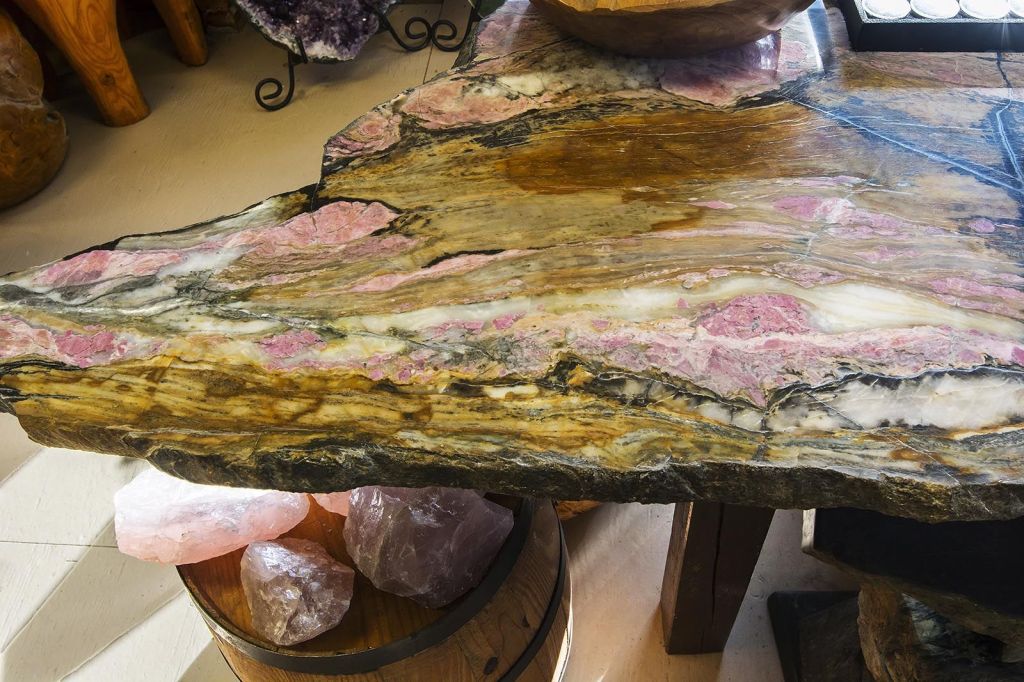
The BC jade market is booming as the demand for “emperor green” color nephrite is highly sought after in the Chinese market. The deposits of green nephrite are found only in three locations in the world: China, Siberia and British Columbia. Jade was initially prized for its hardness and resilience. Canadian jade has a Mohs hardness of 6.5 to 7.0. However, it became more prized due to its beauty and use for ornaments and jewellery. Thanks to Chinese demand, rare imperial green jade is the most expensive gem in the world, worth more than diamonds. So don’t expect to be able to buy artefacts at the Cassiar store. This is the green gold rush.
Boya Lake
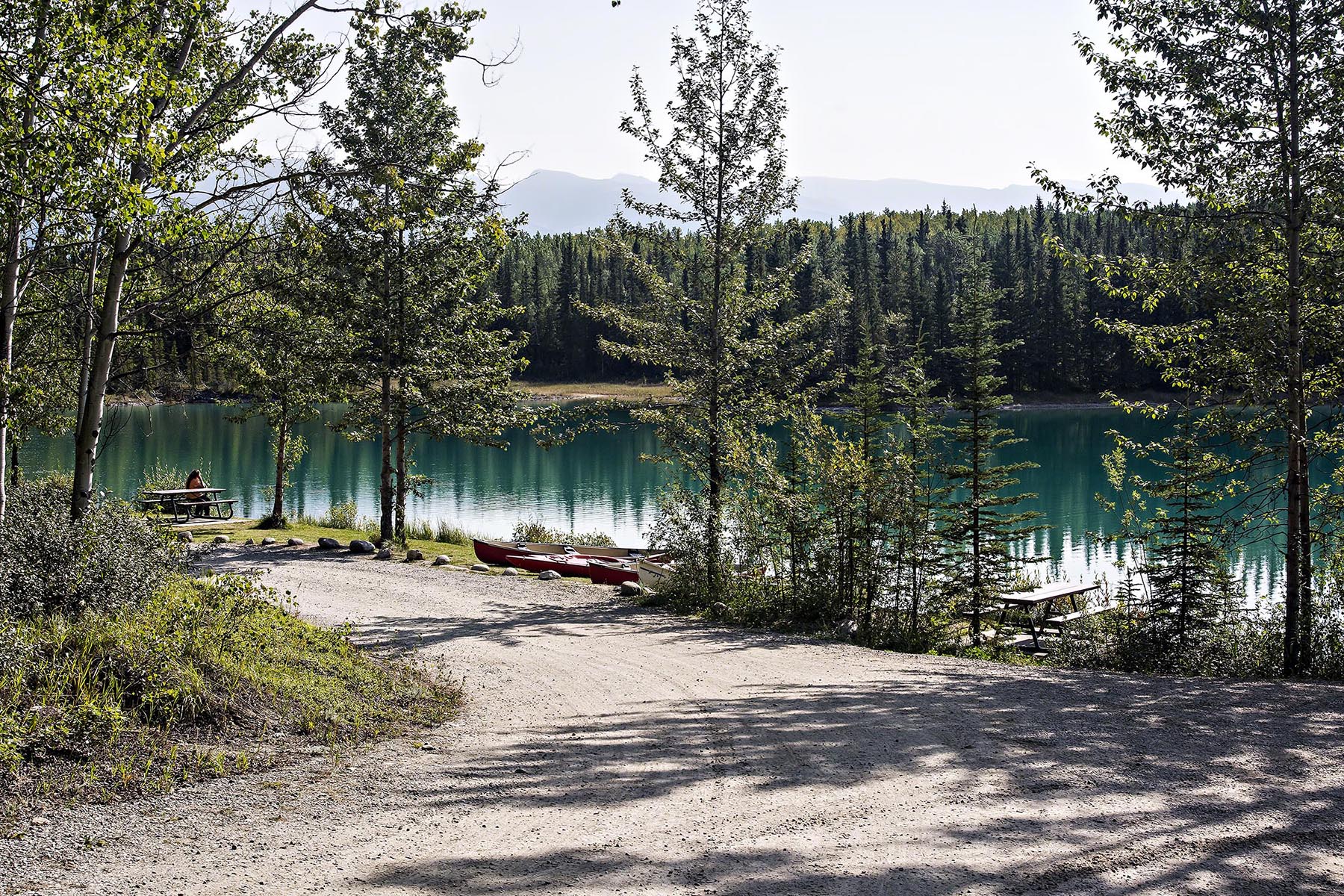
The Boya Lake Provincial Park (PP) has a very nice campground along a pretty green lake. However, there are only low level mountains as a backdrop. So it was disappointing. It would have been a great stopover as the last stop before entering the Yukon, the subject of our next post.
We met a couple from Quebec City that came to Yukon a couple of years ago. They fell in love with Yukon and found out that it was easy to move there. Lawyers were in high demand so it was easy to find a job. You never know how travelling can affect your life!
Where to Visit in the Yukon and Northern BC?
Here are the posts describing our road trip from Northern BC to the Yukon, as well as two of our customized itineraries (Google Maps) with all of the points of interest pinned for you. Heading south do not miss Fort St. James:
Heading north do not miss Miles Canyon, Whitehorse, Dawson City and the Klondike Highway:


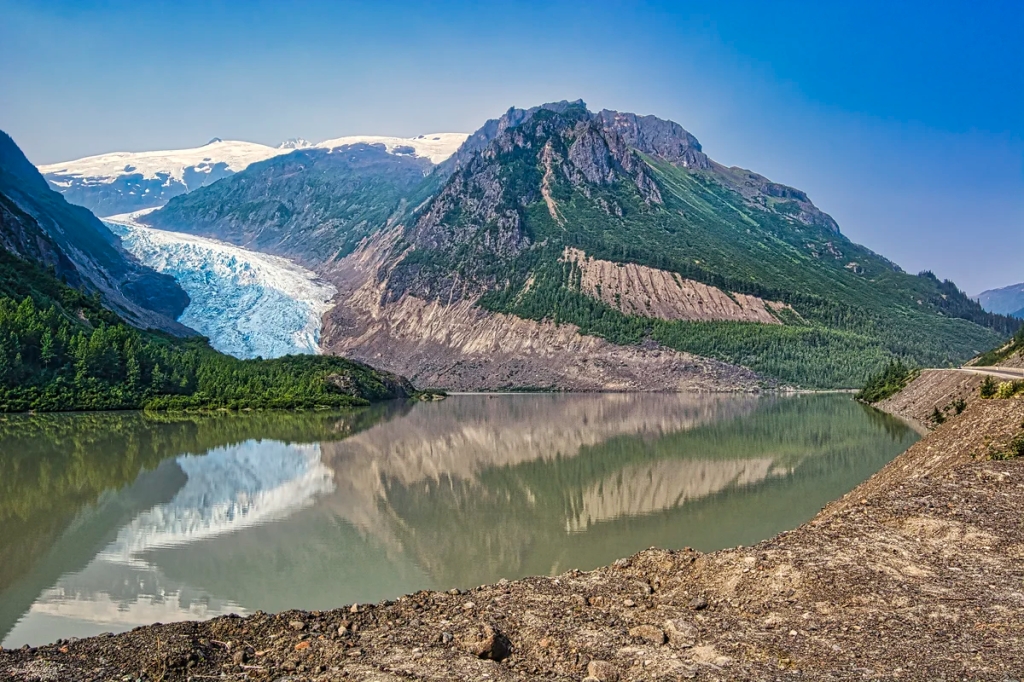
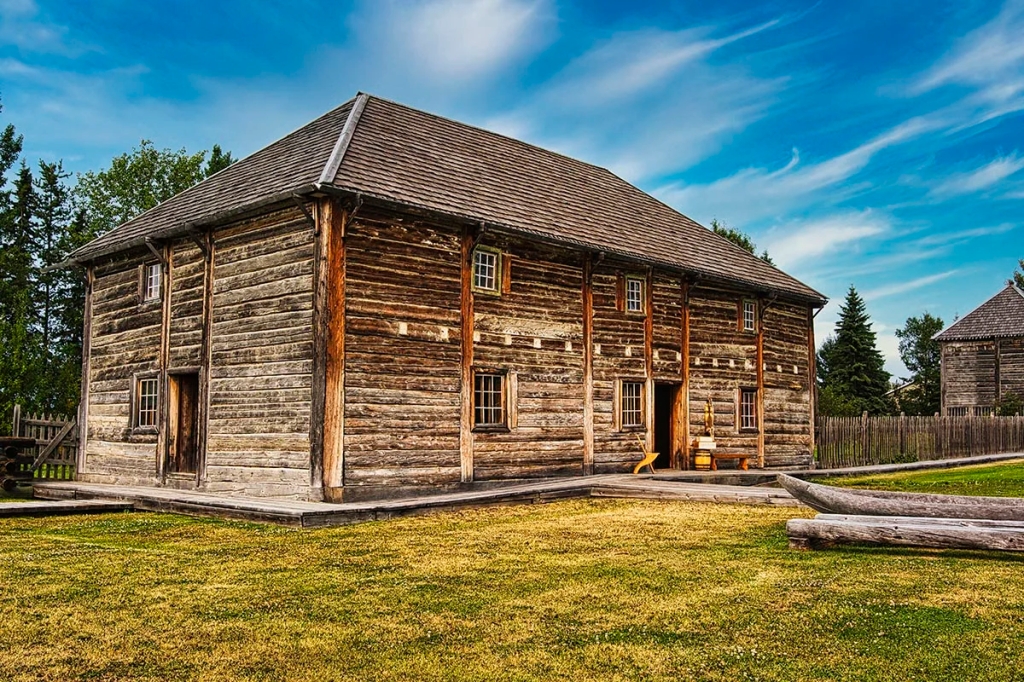
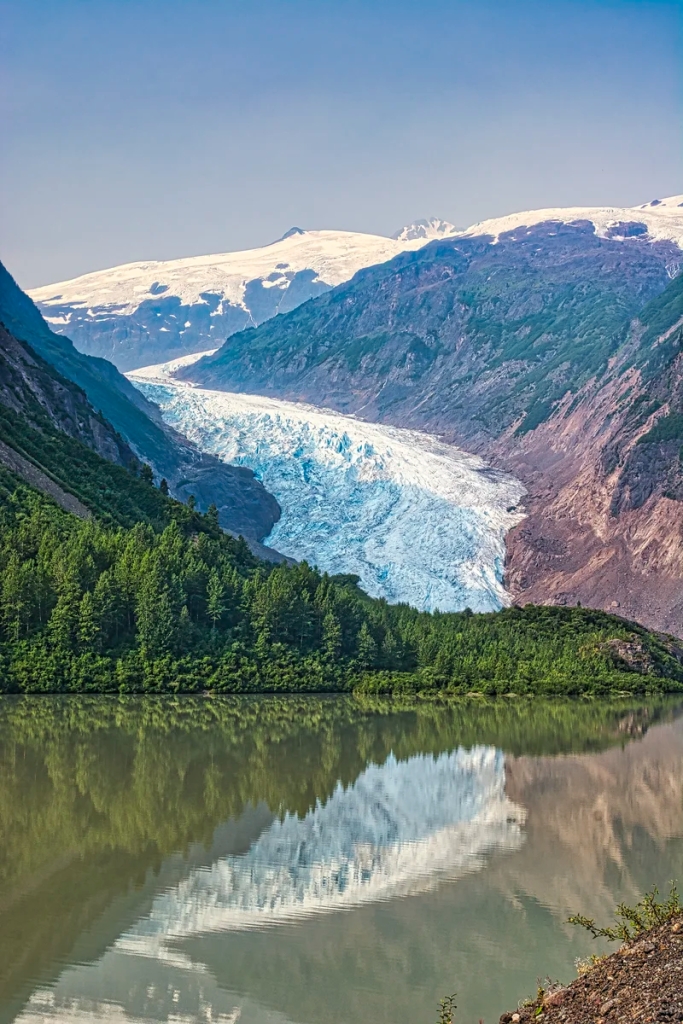
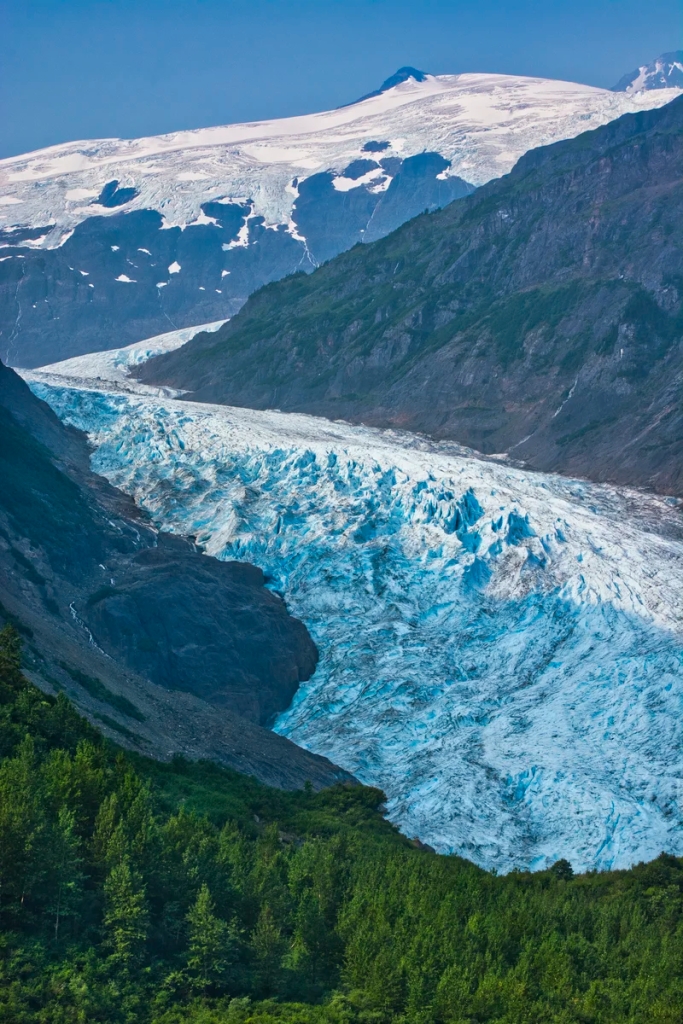
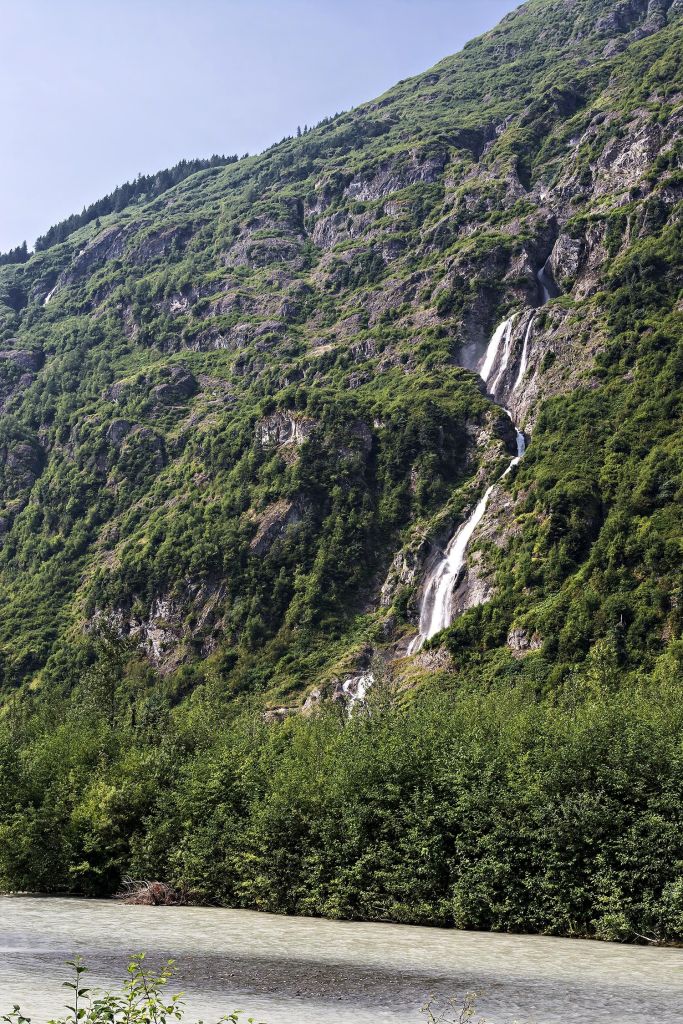
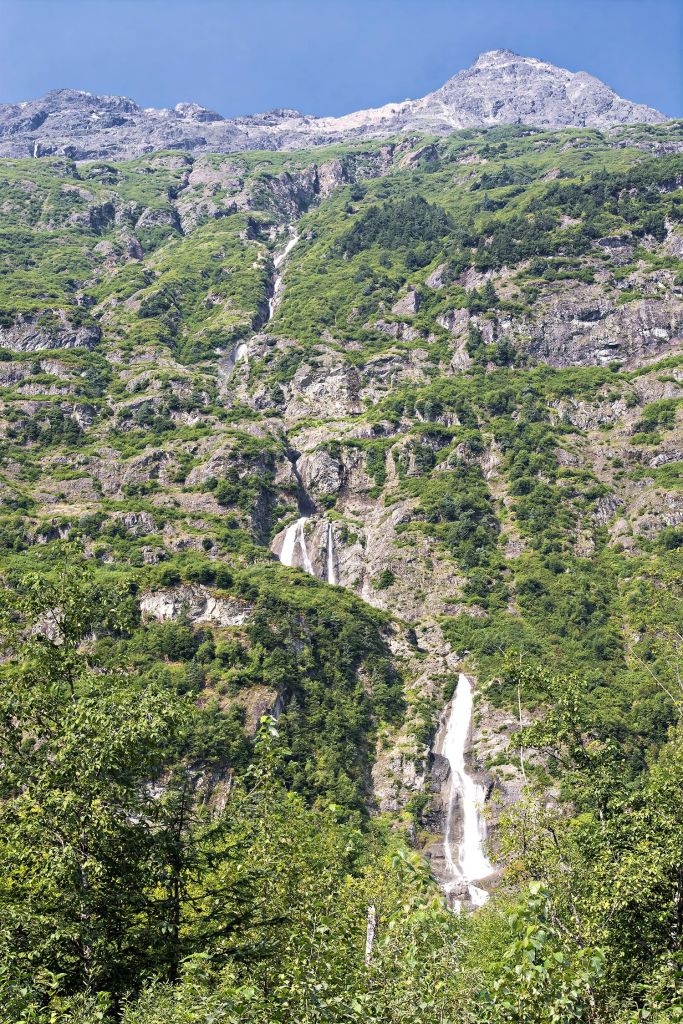
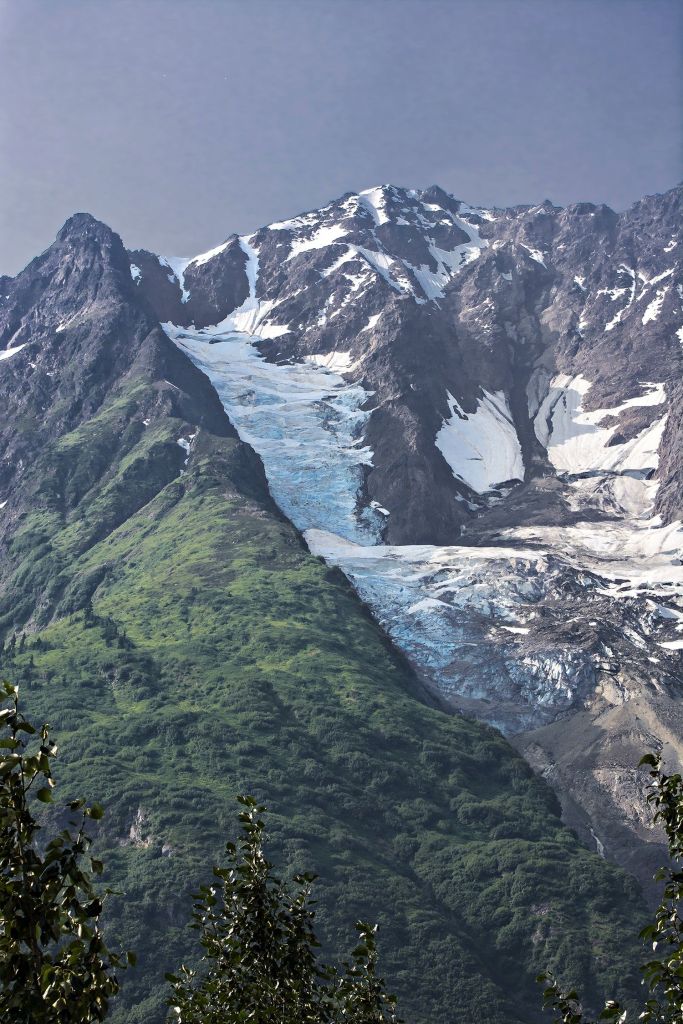

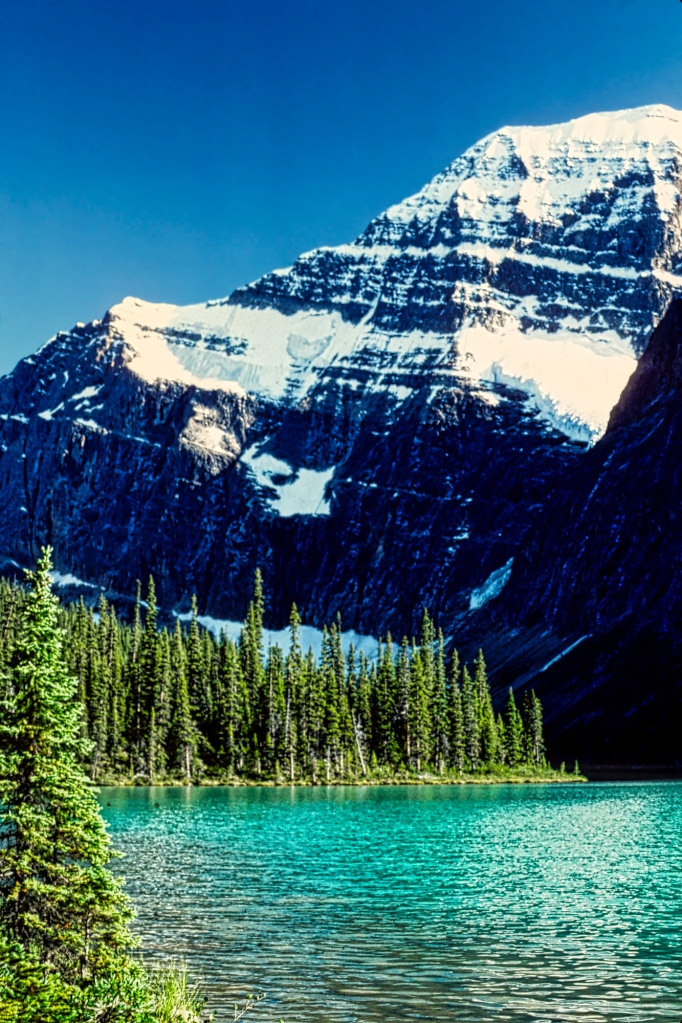

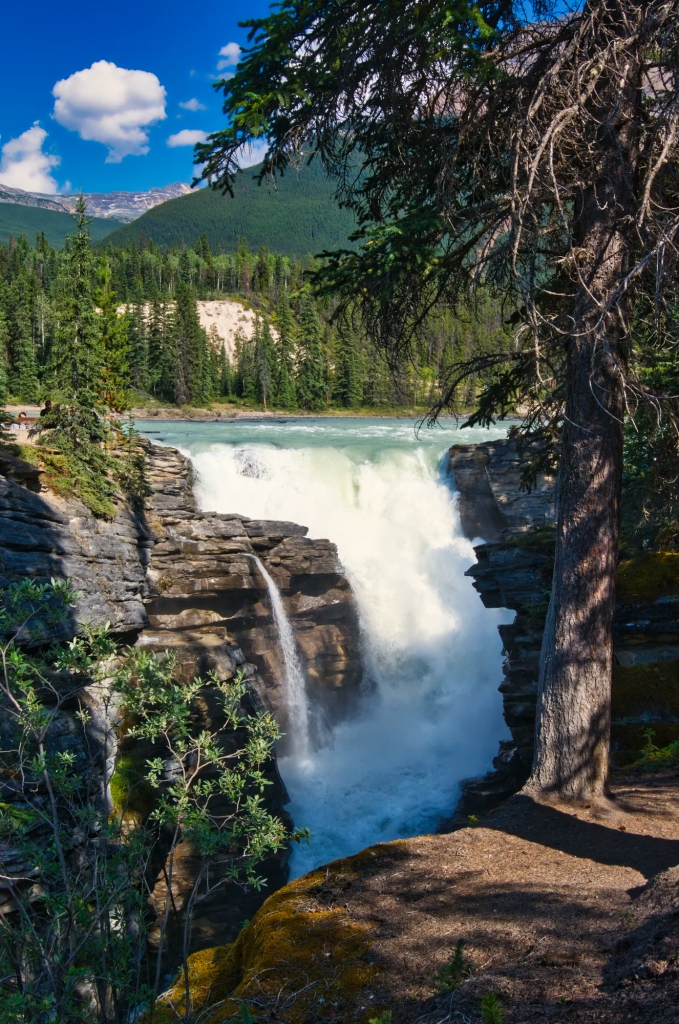

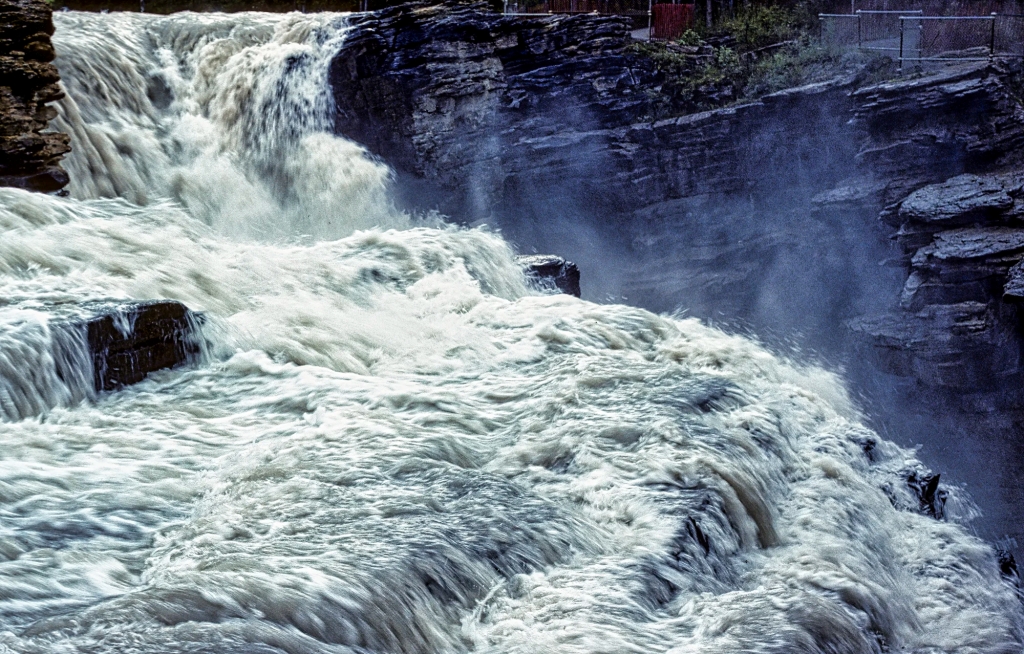
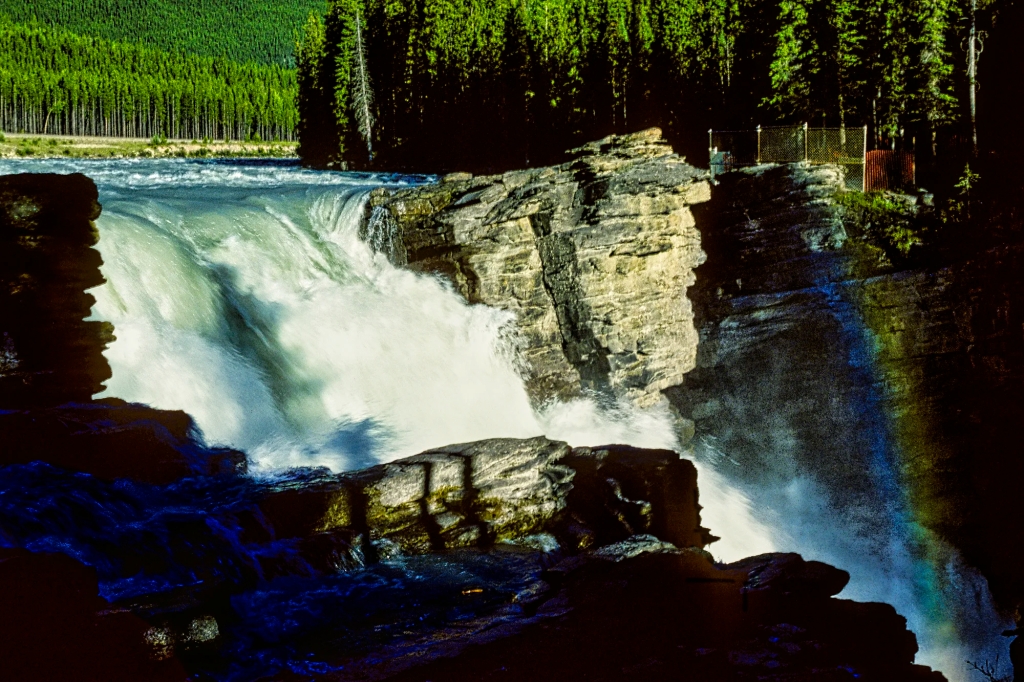

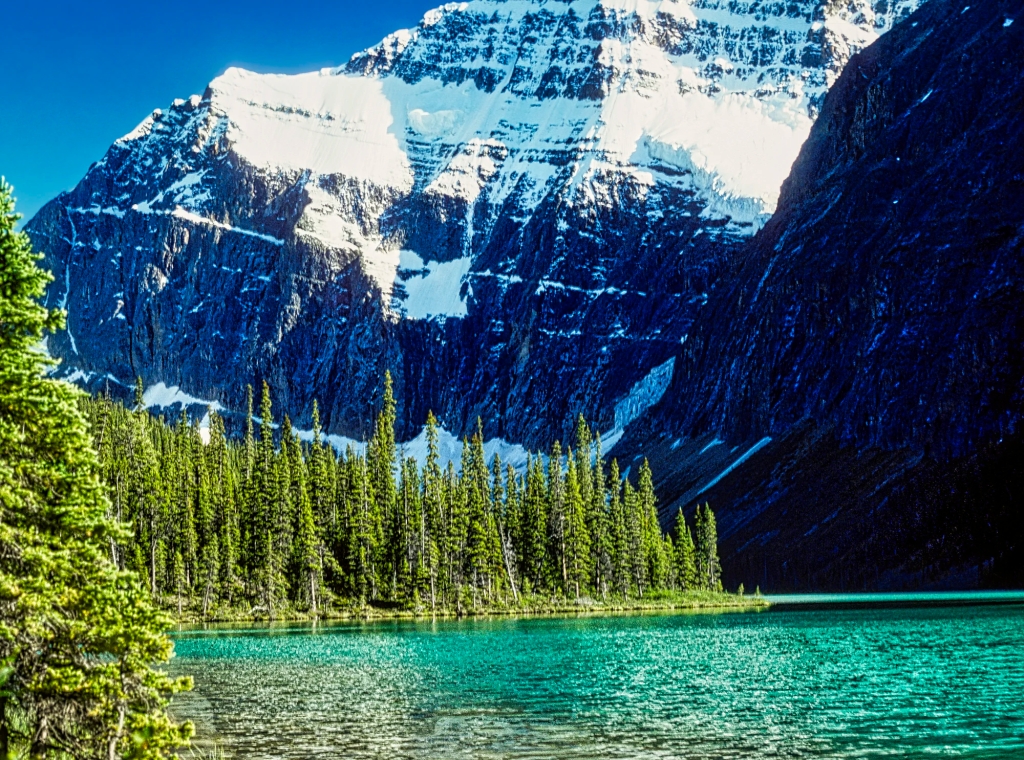
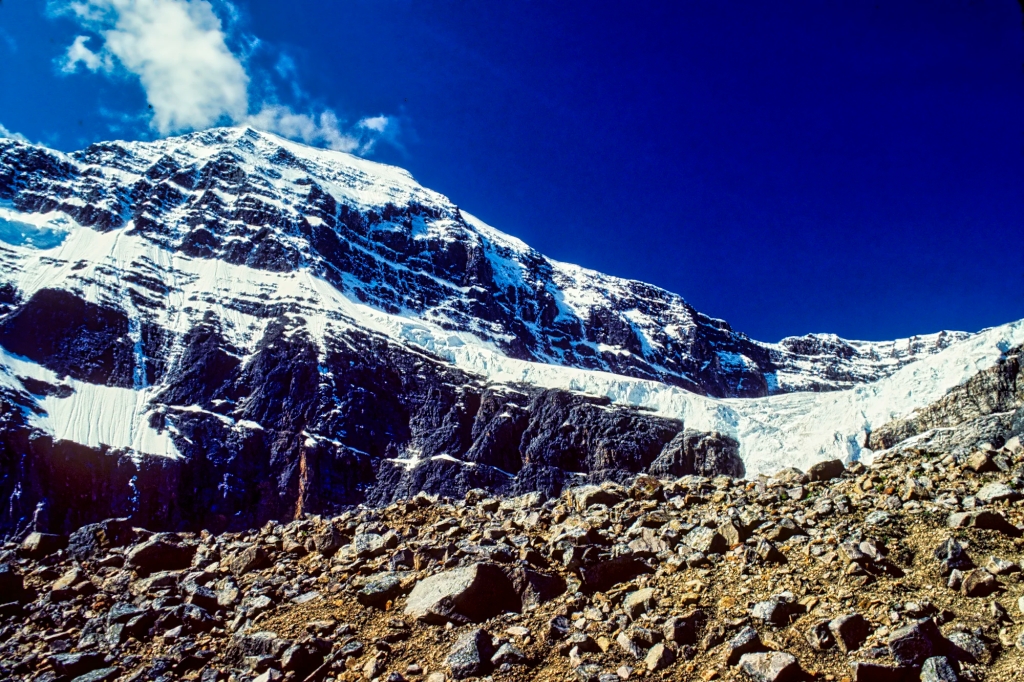
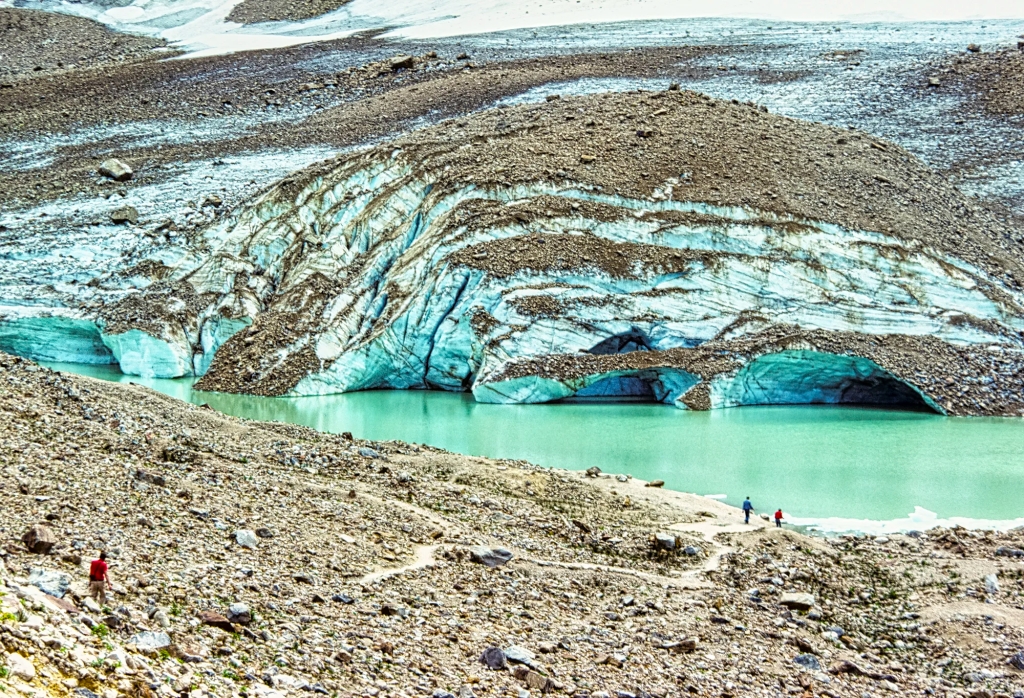

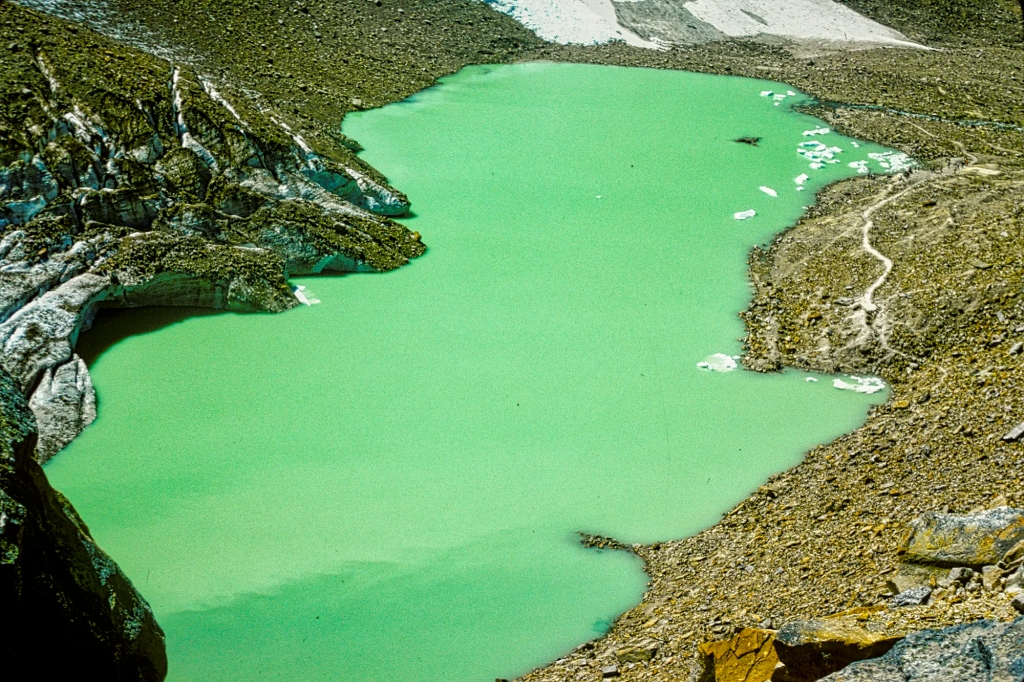
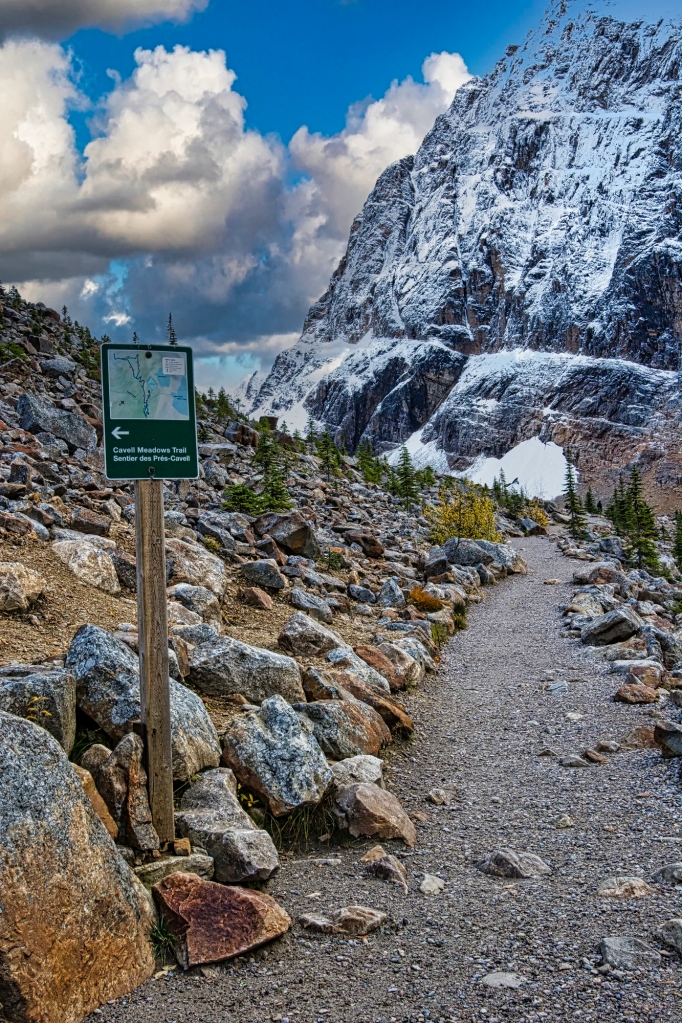
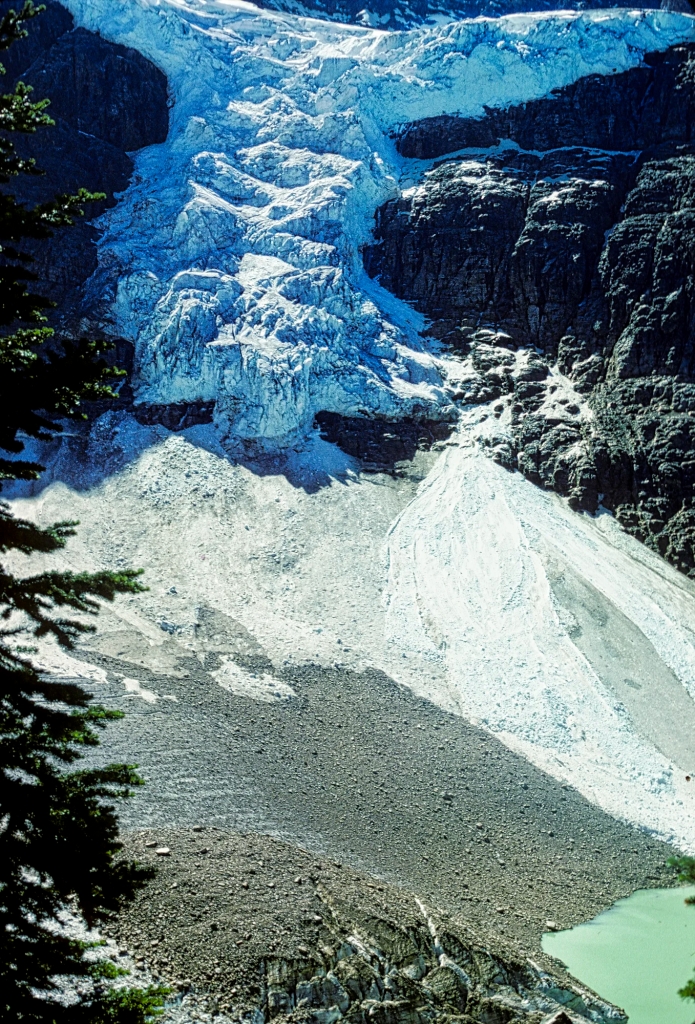
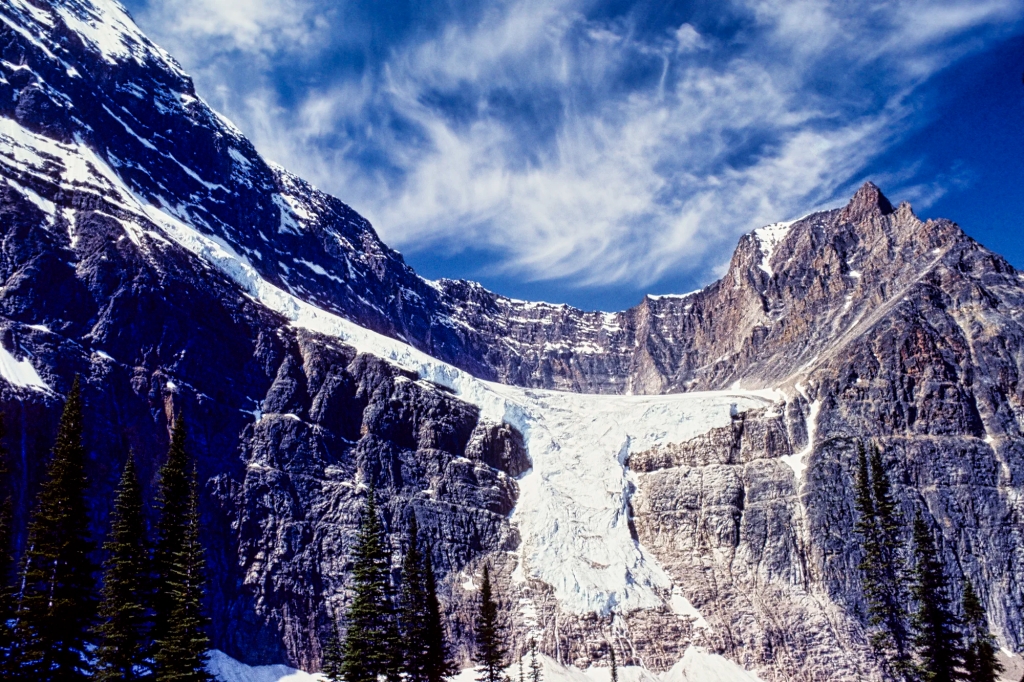
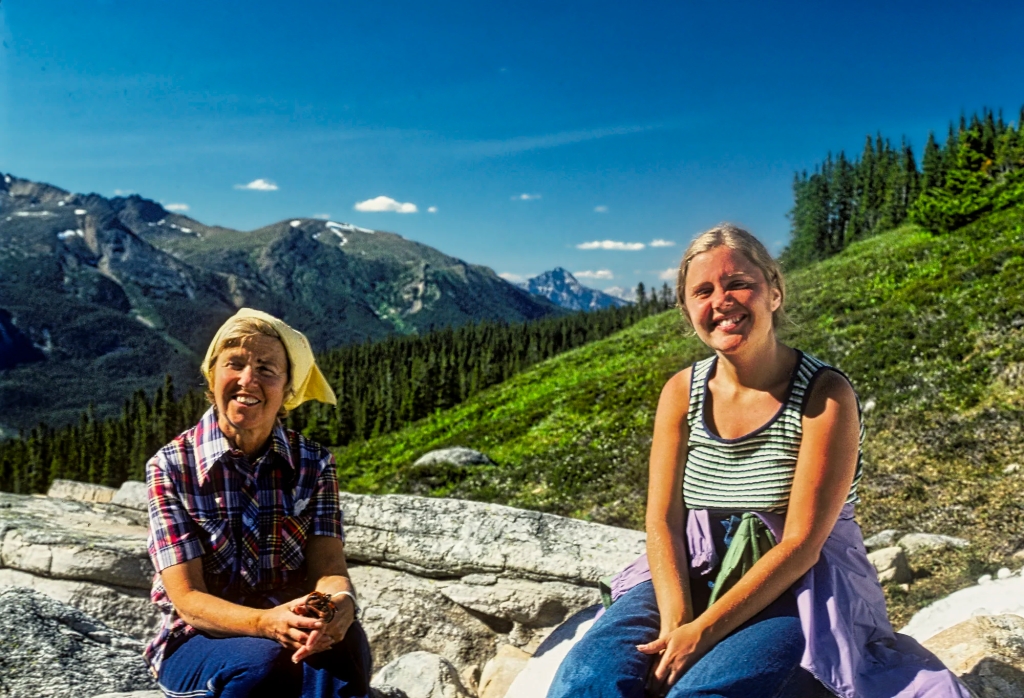



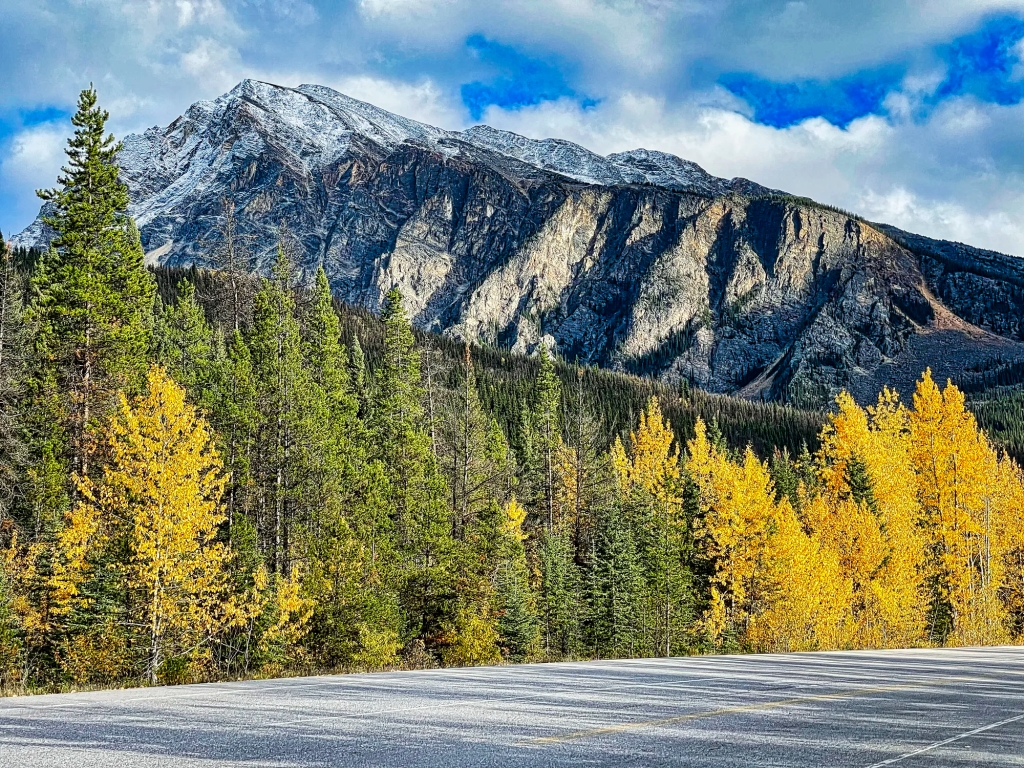
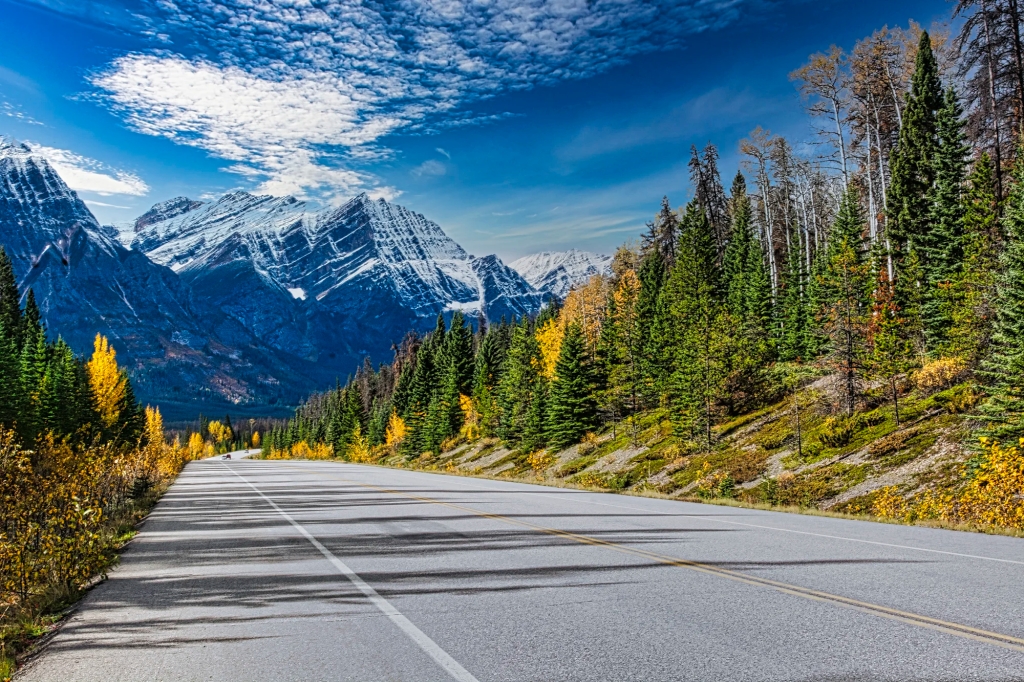
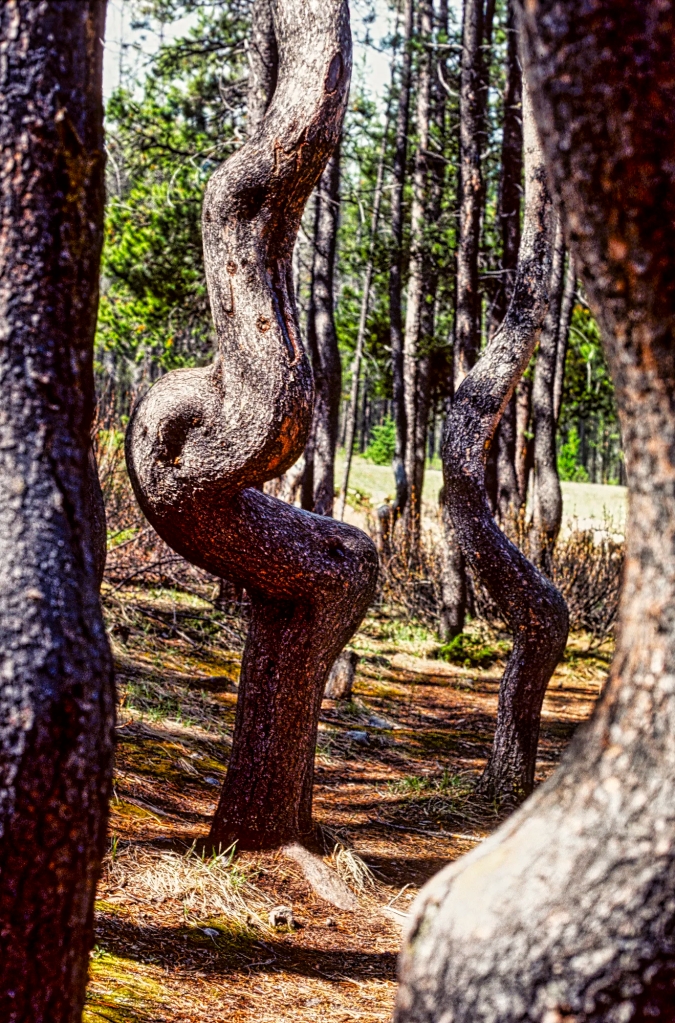

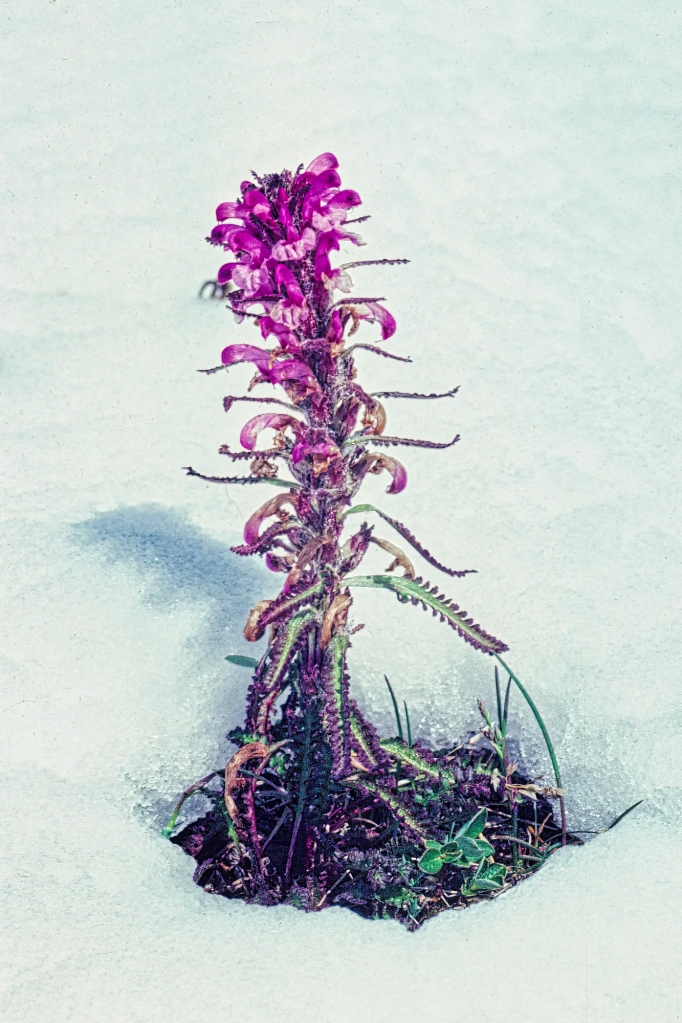
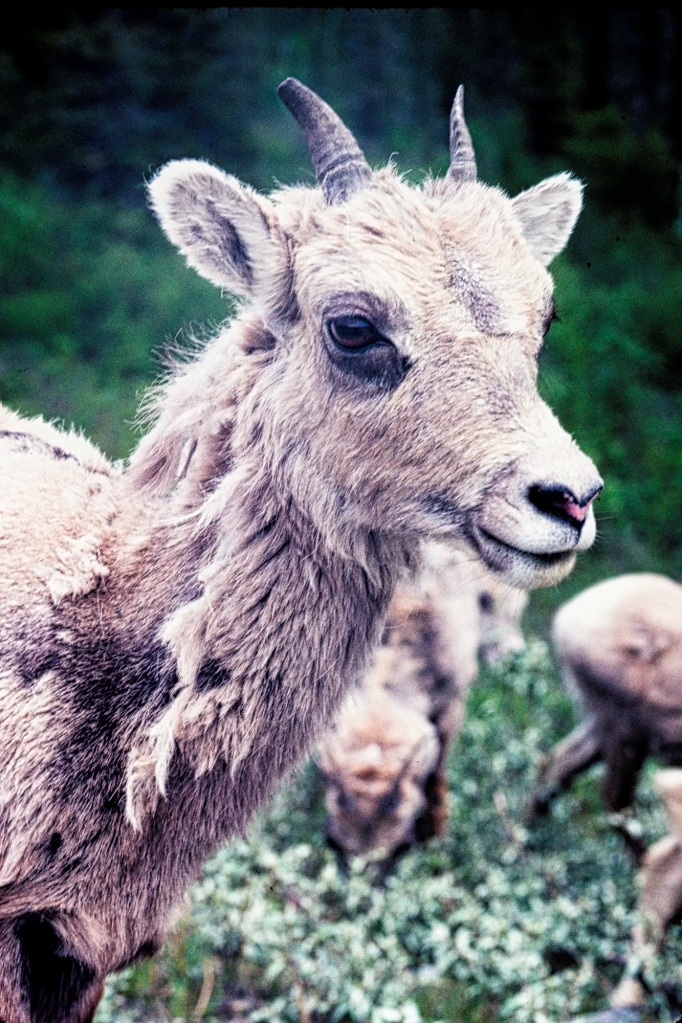
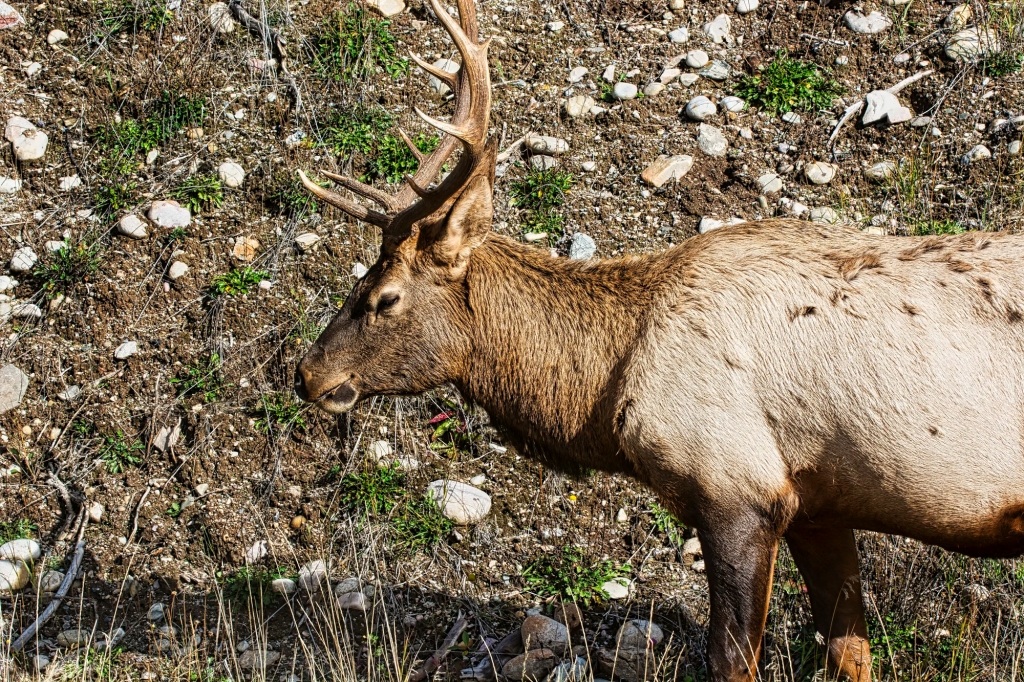



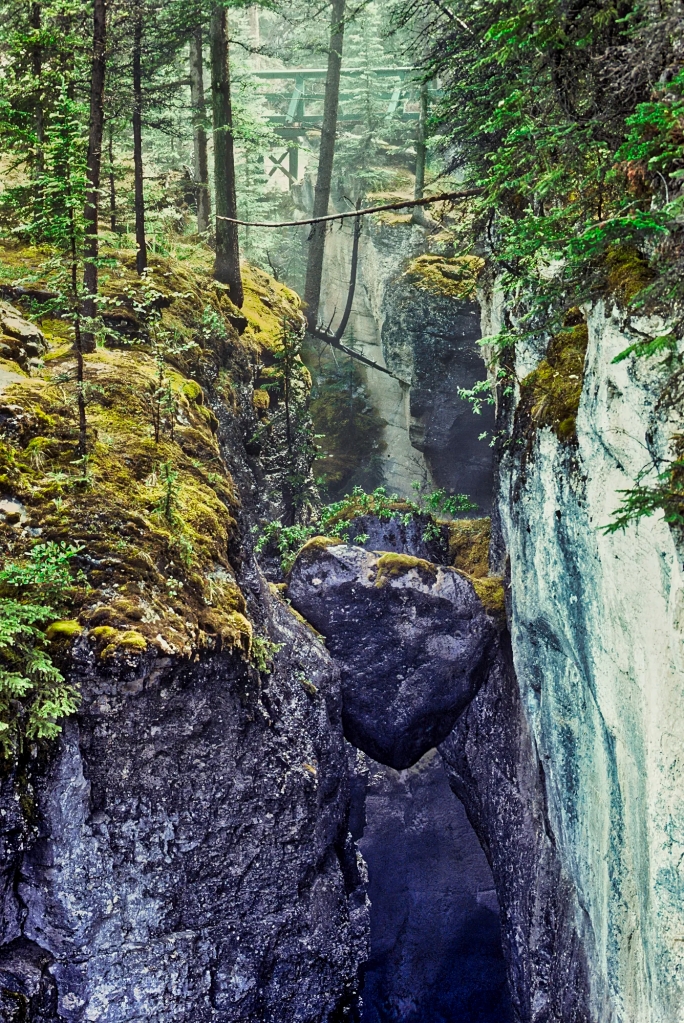
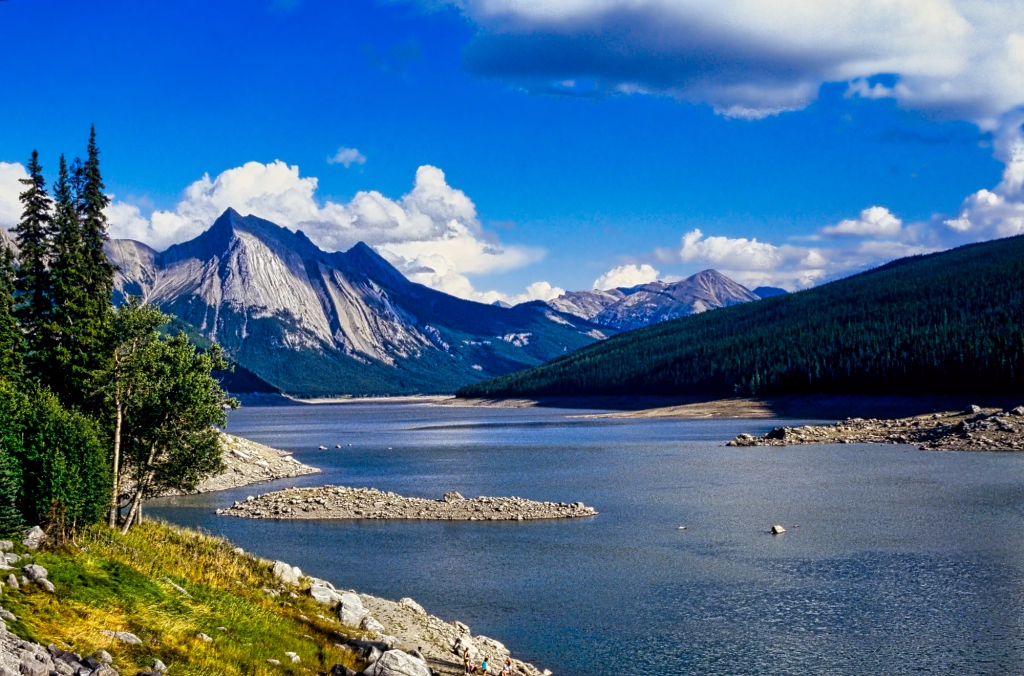

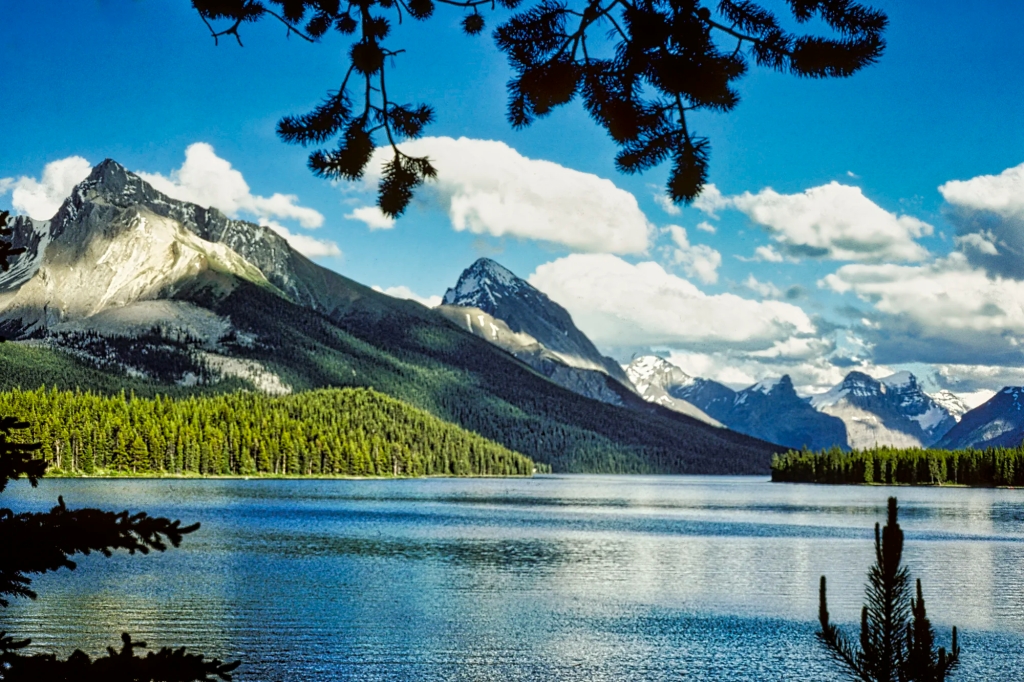



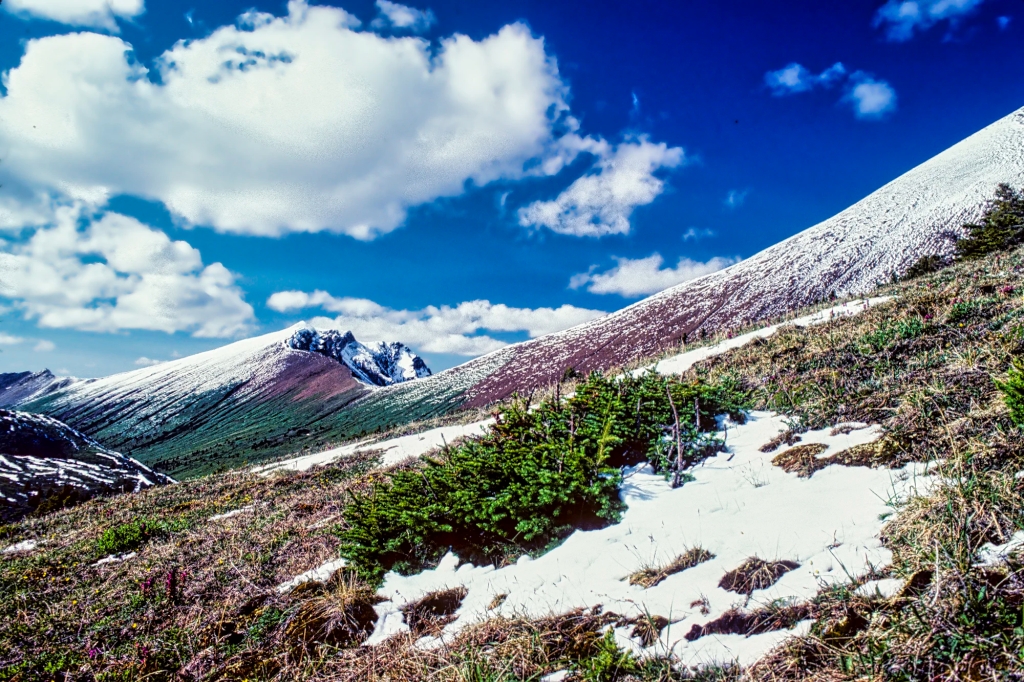
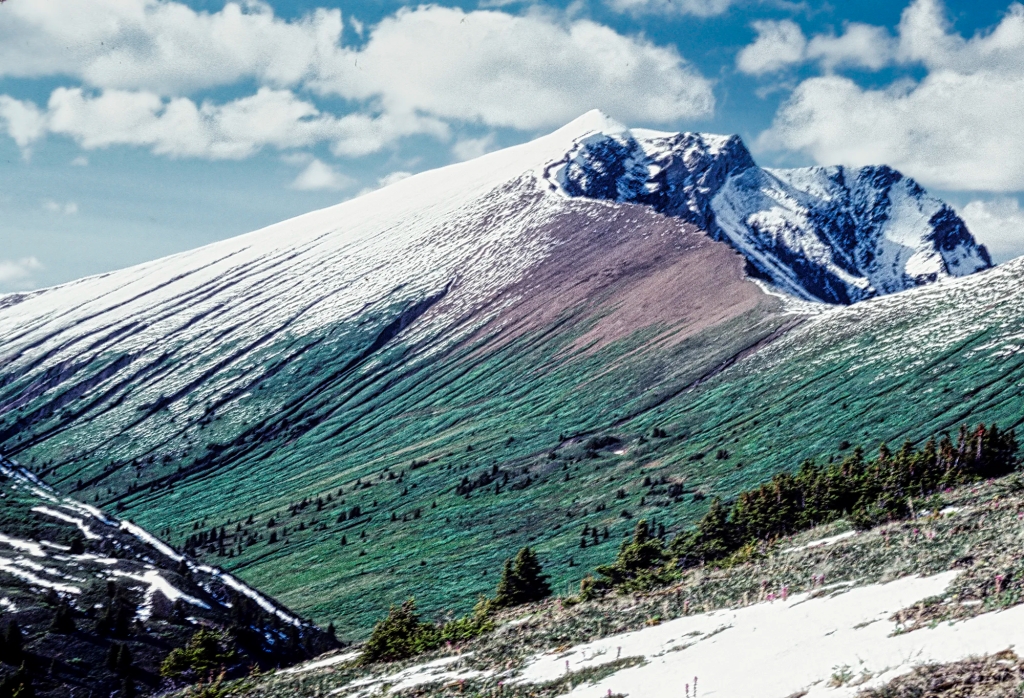

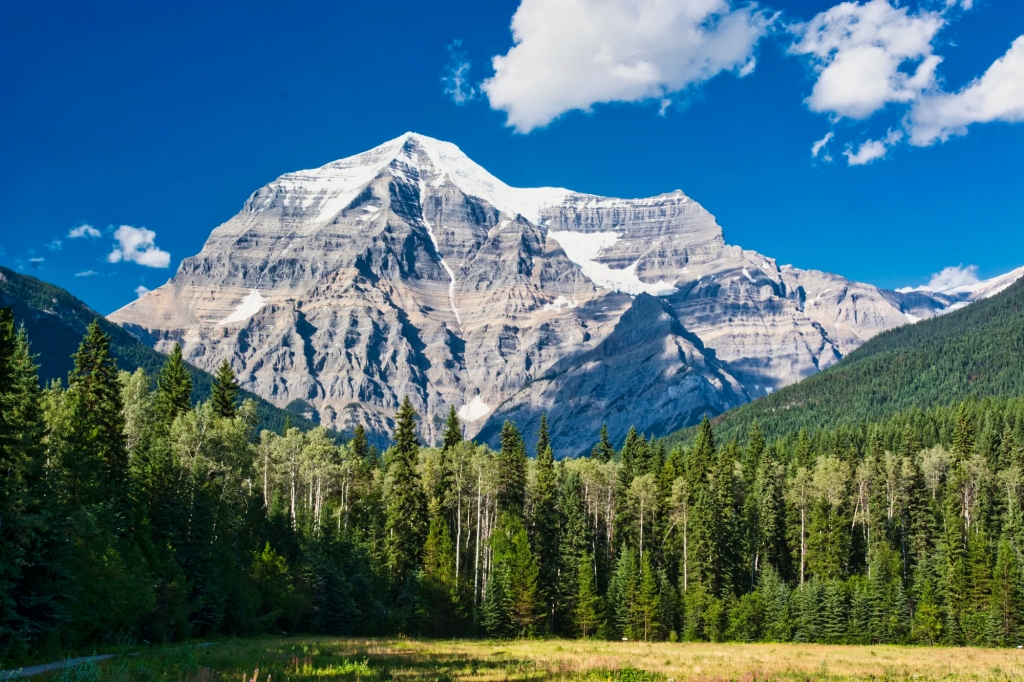



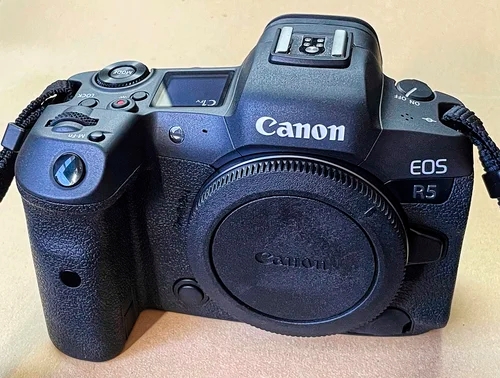
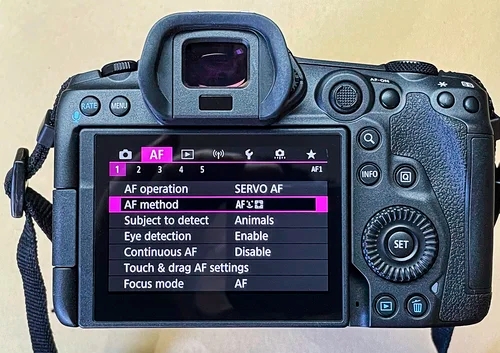
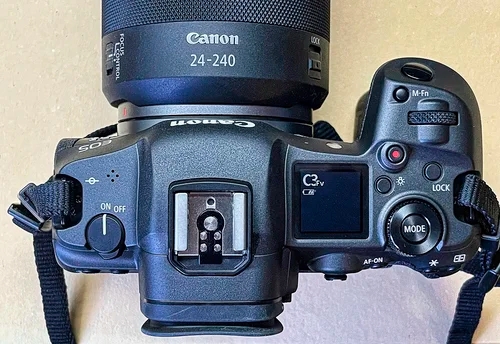
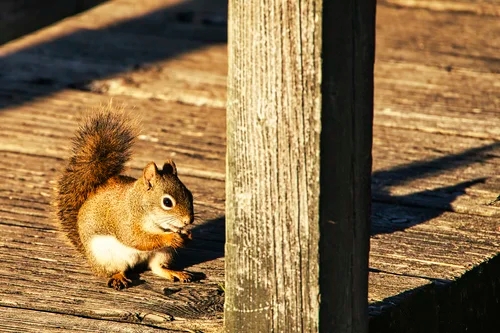
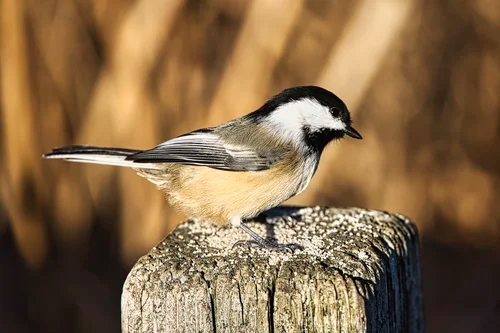
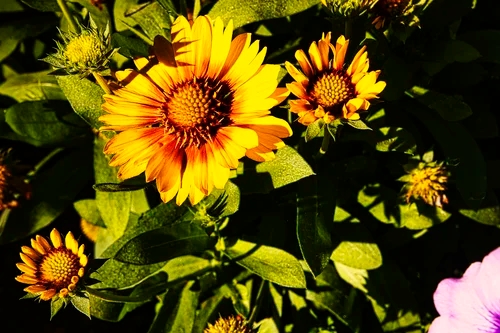
You must be logged in to post a comment.